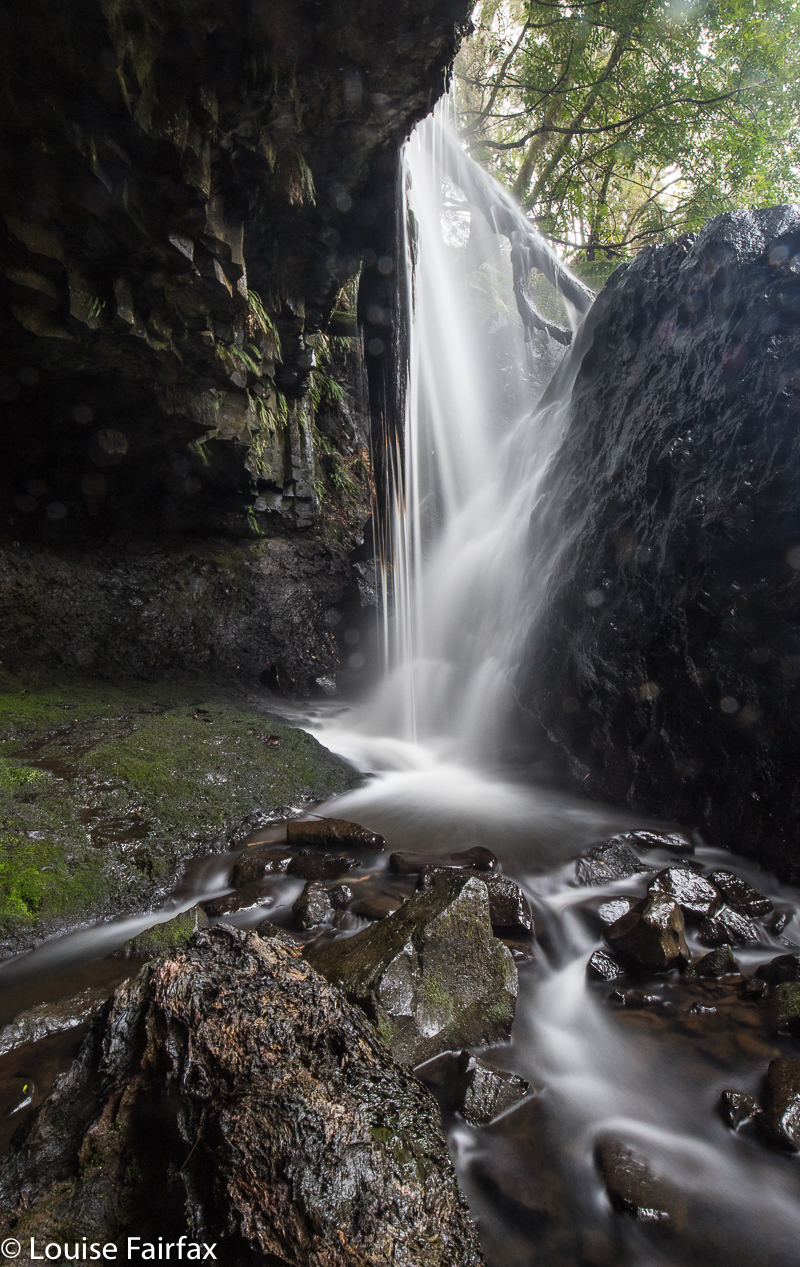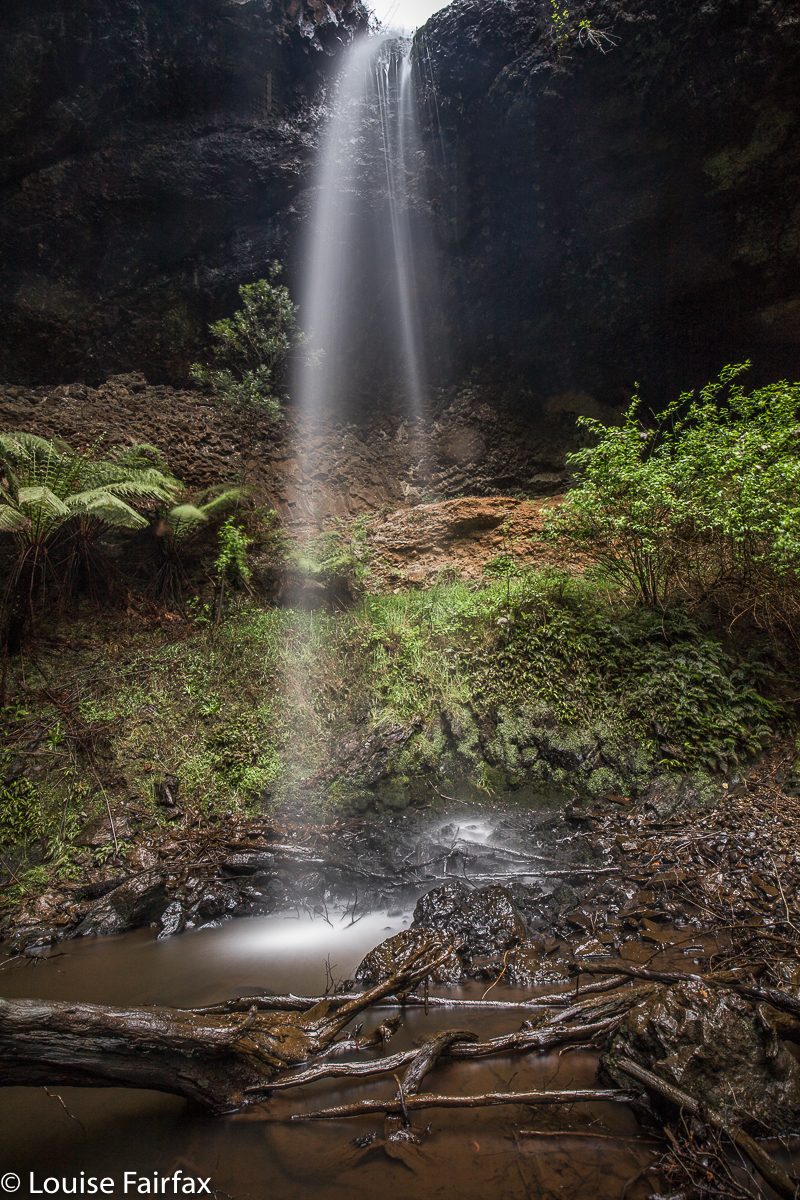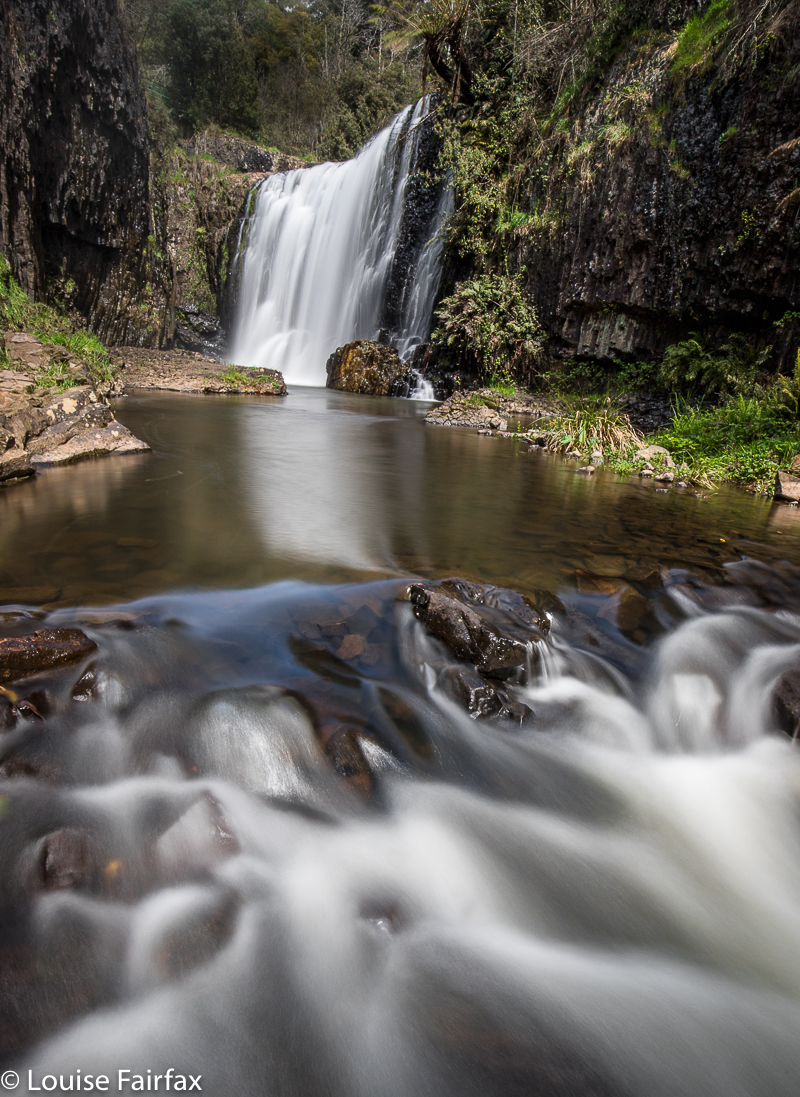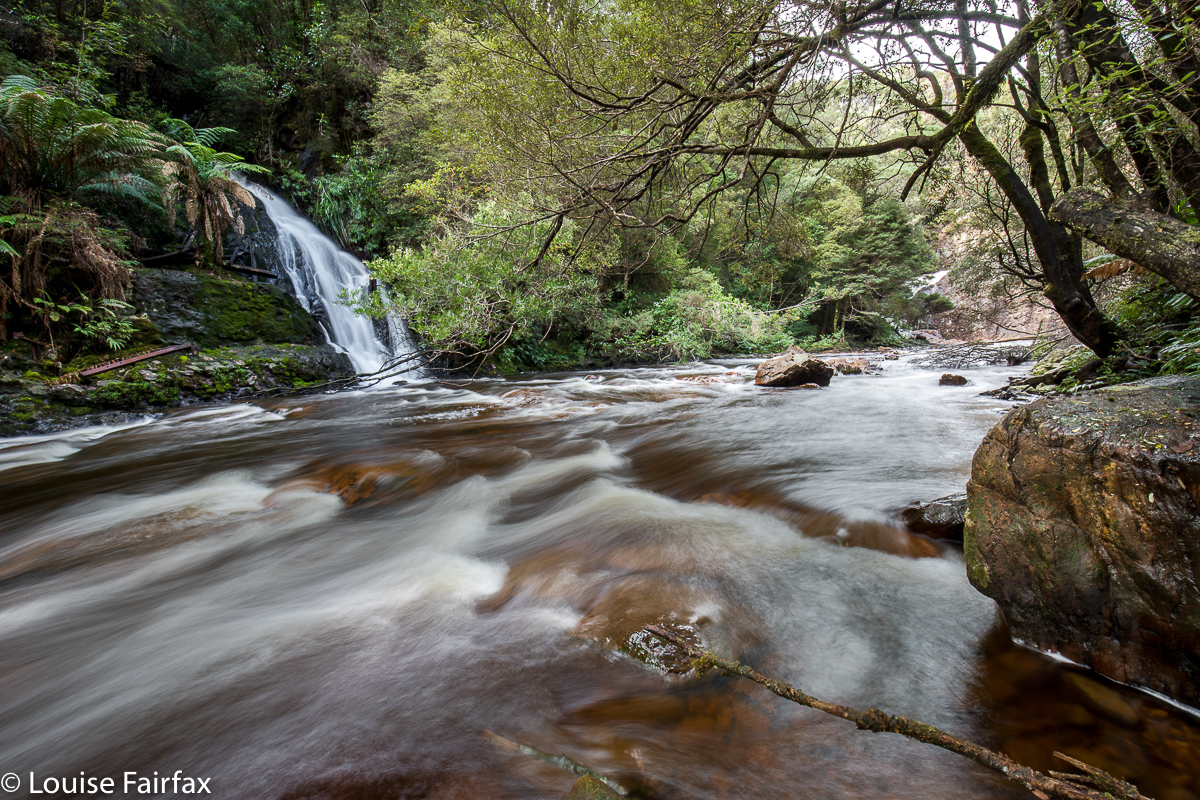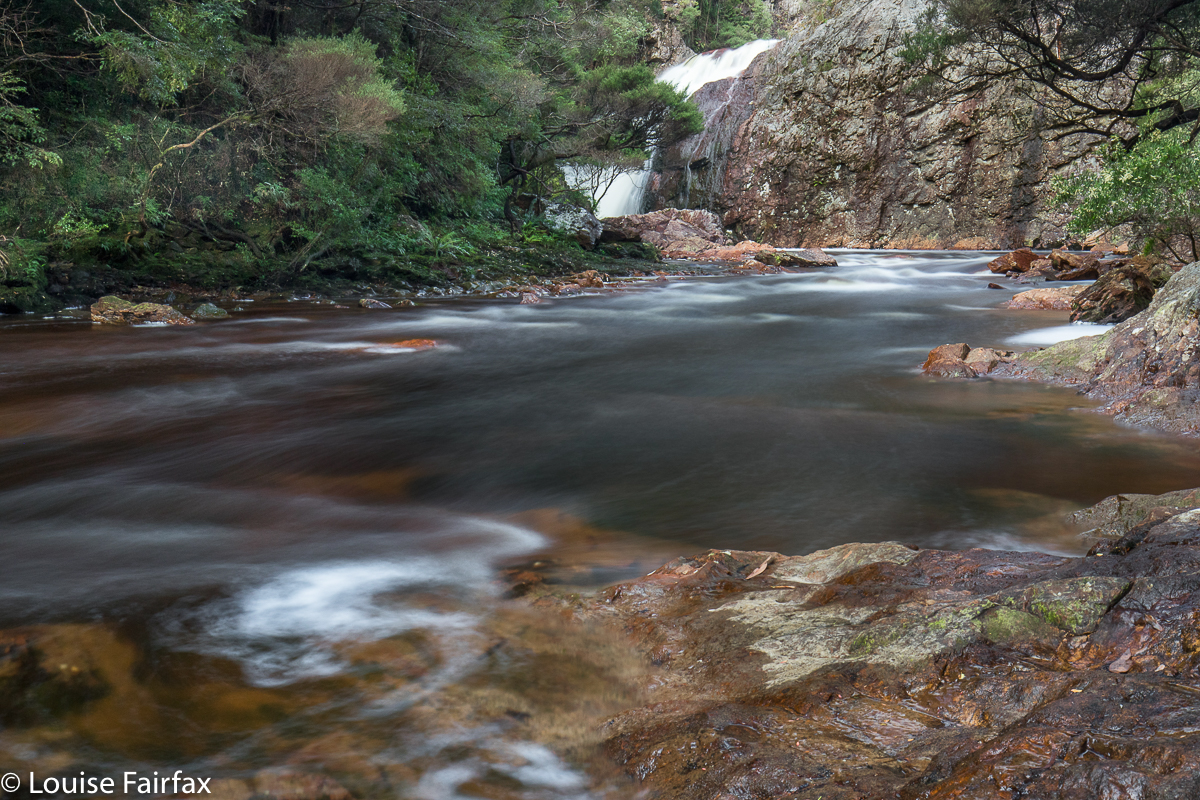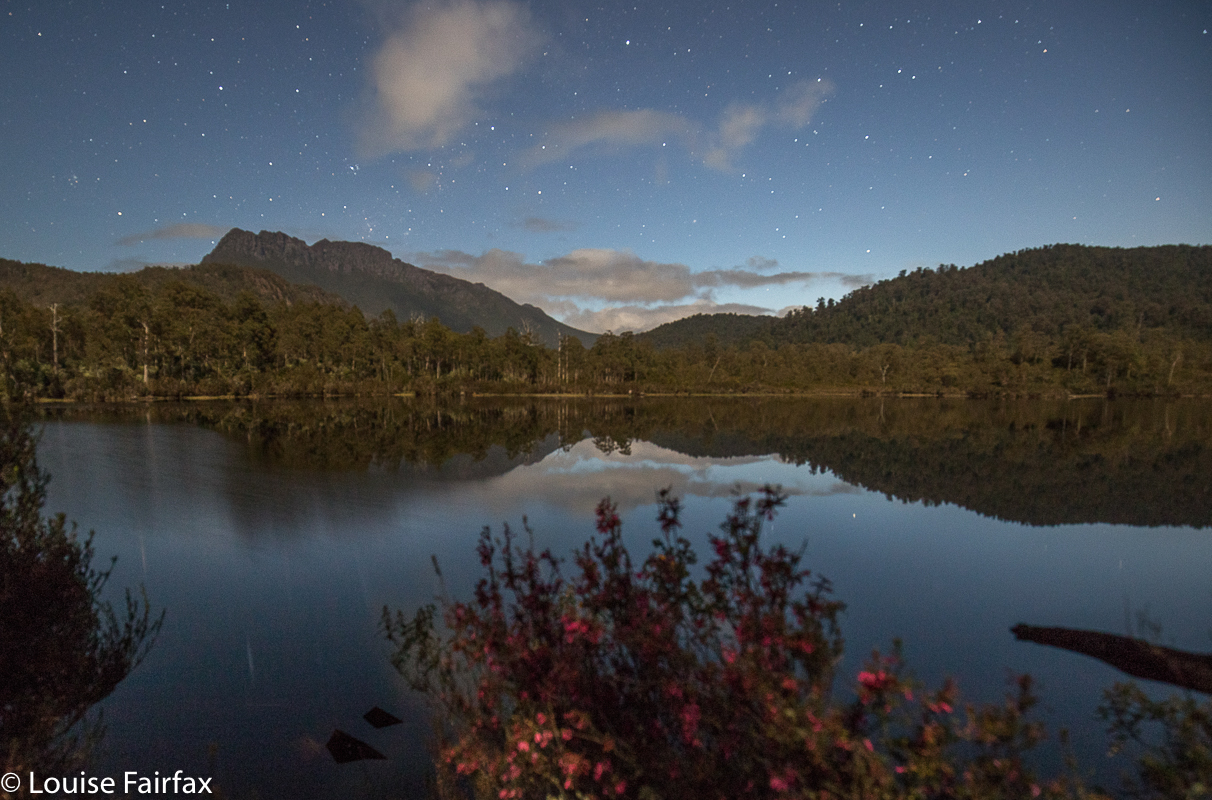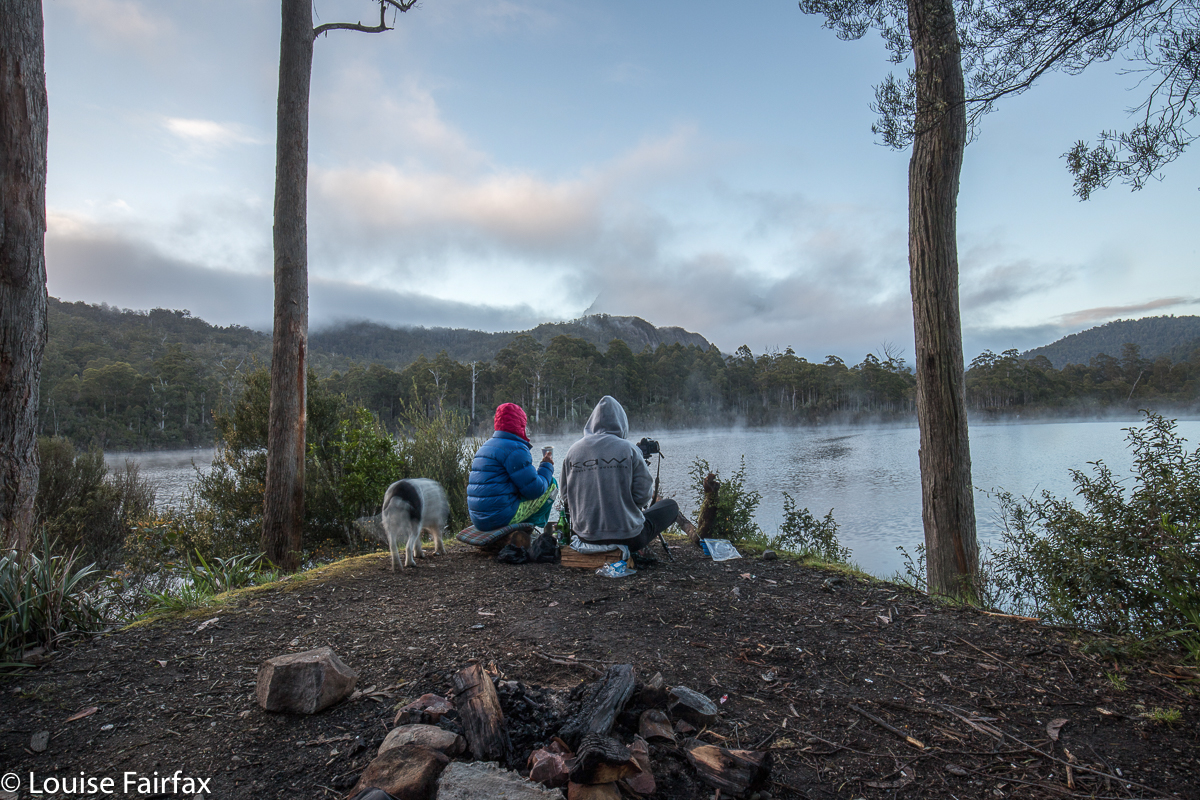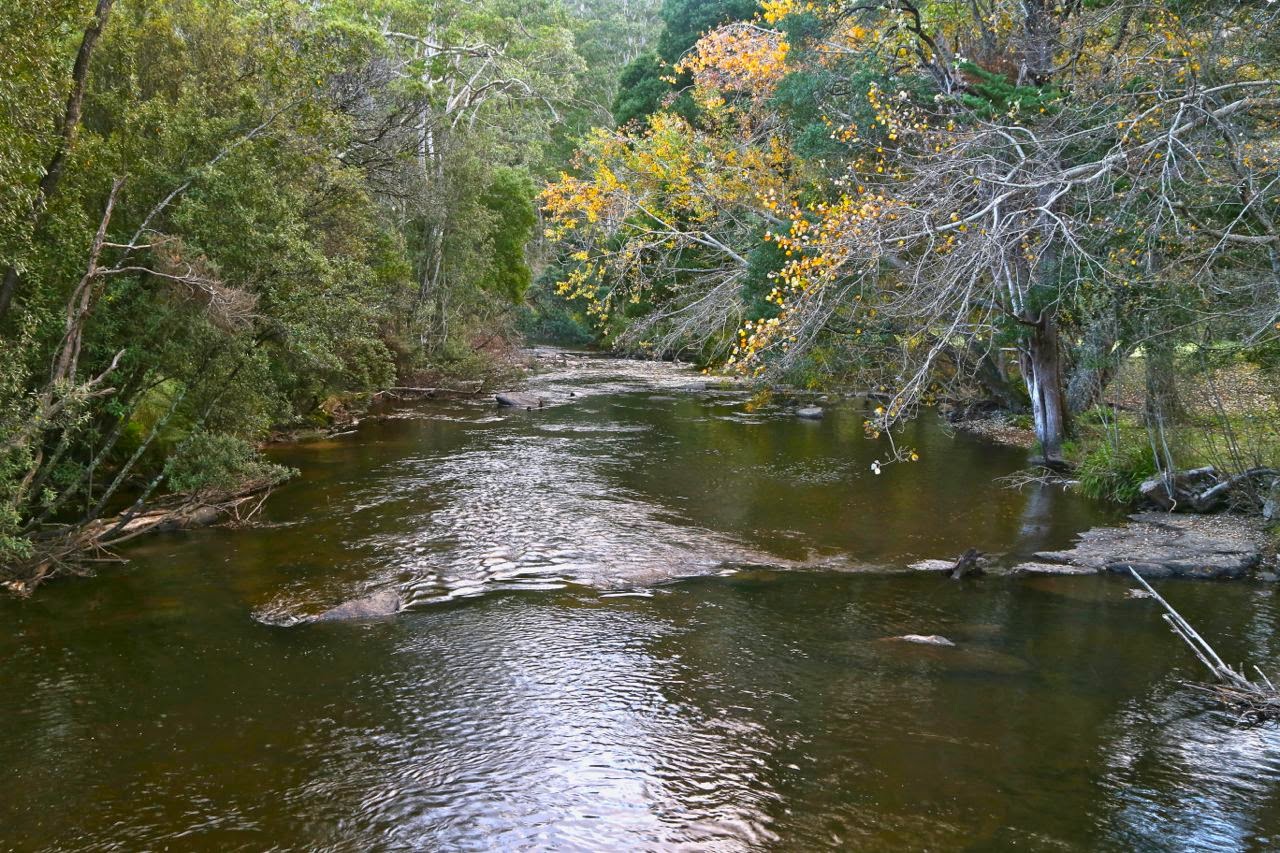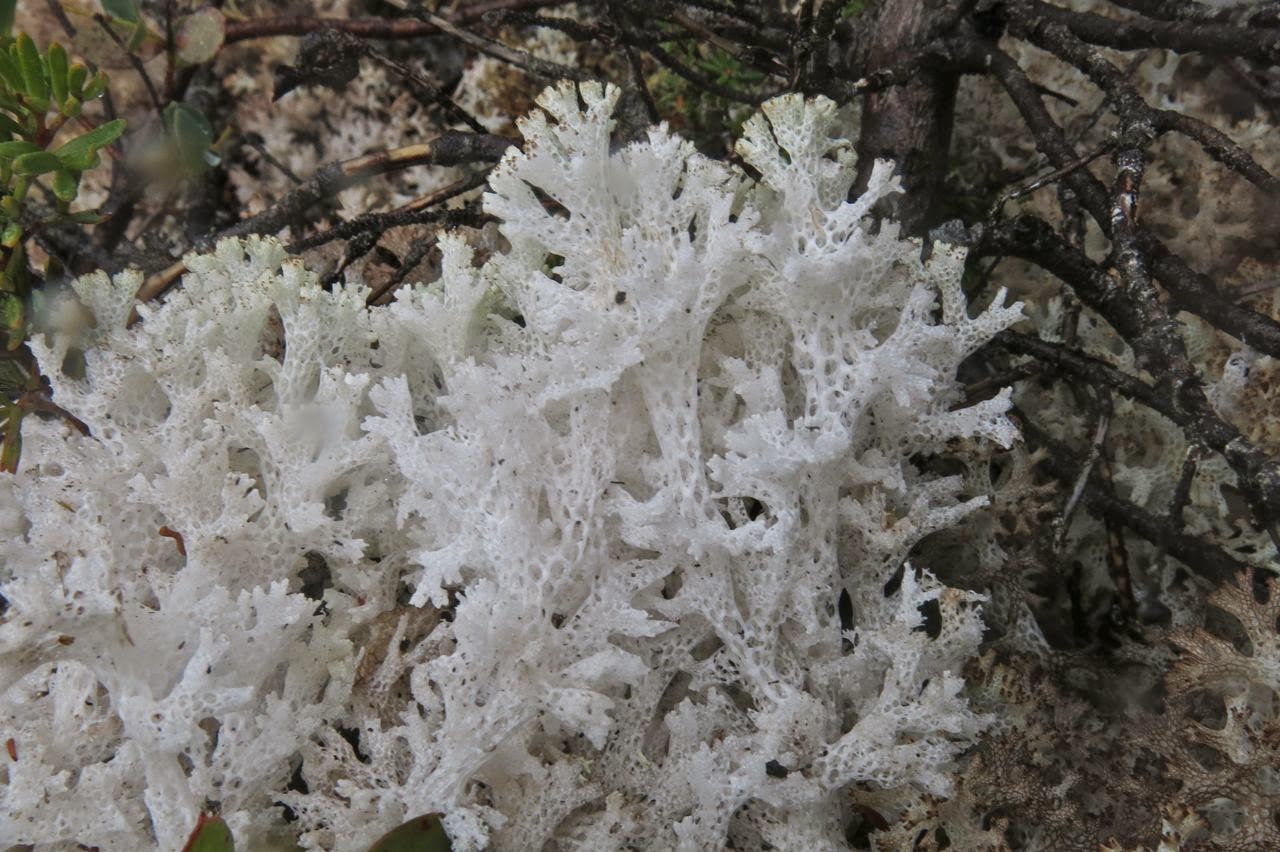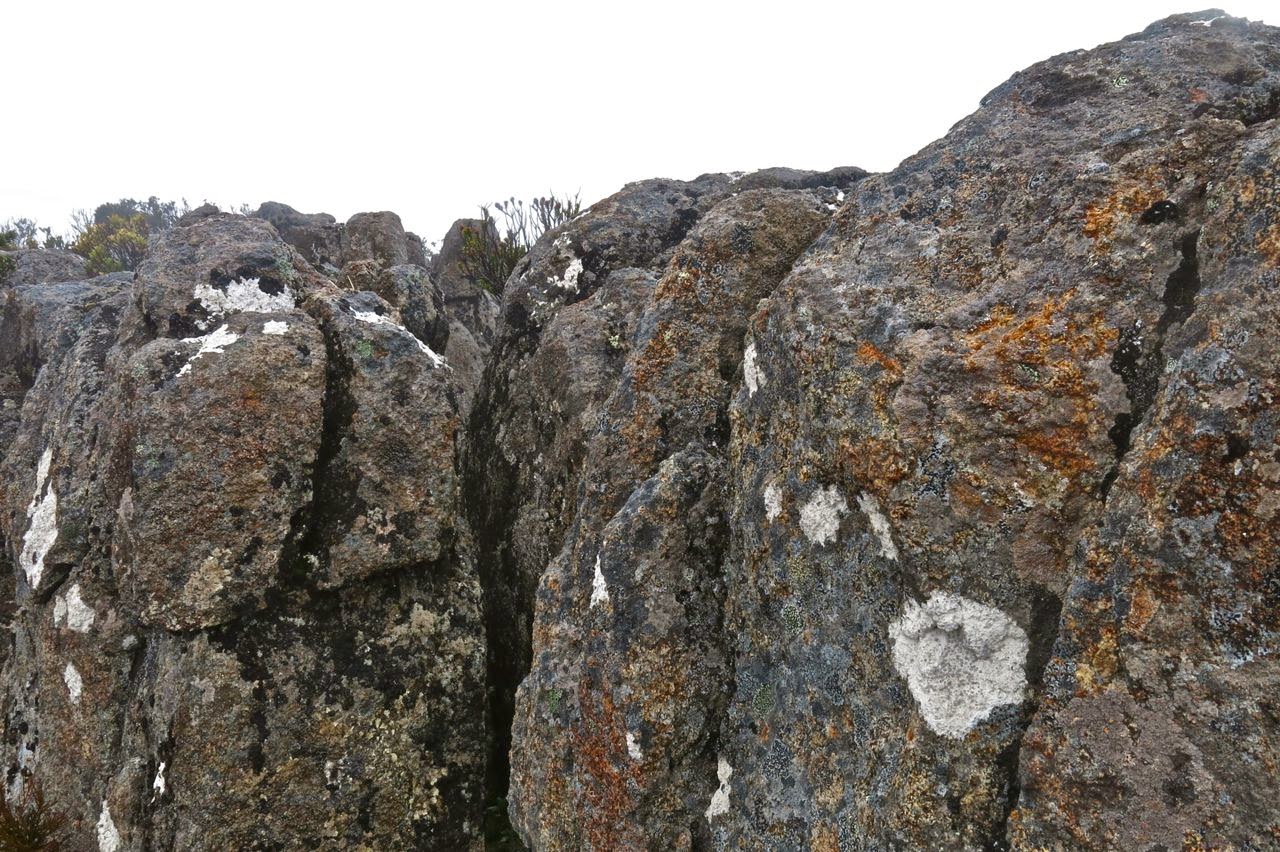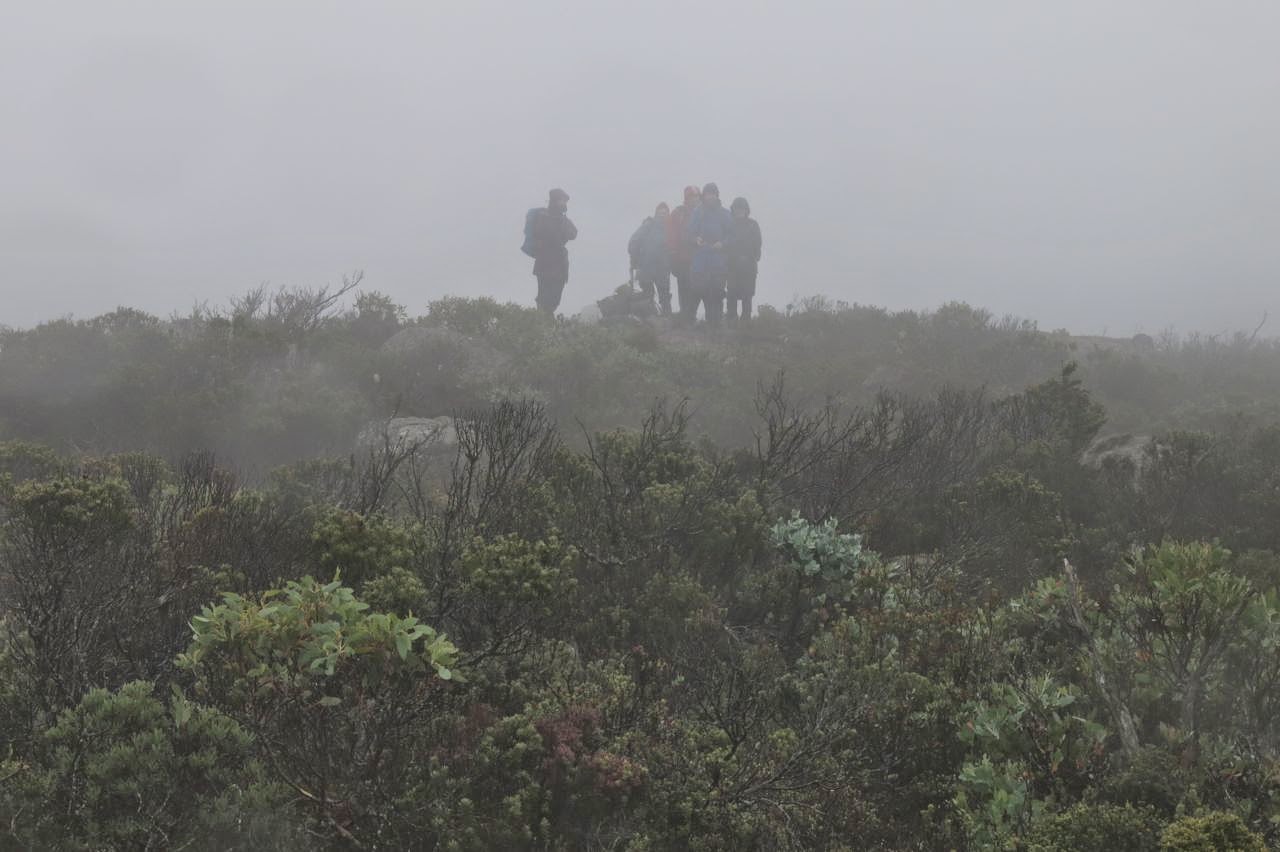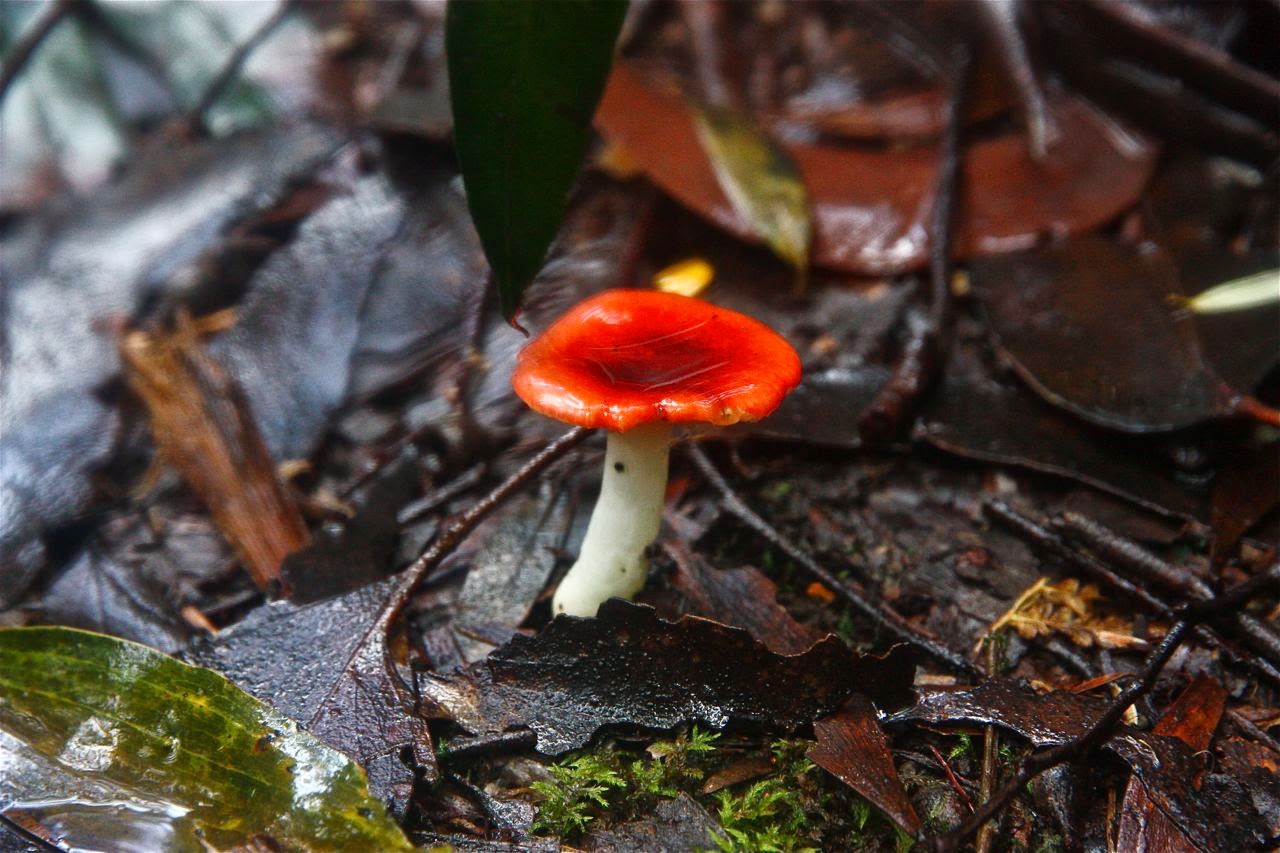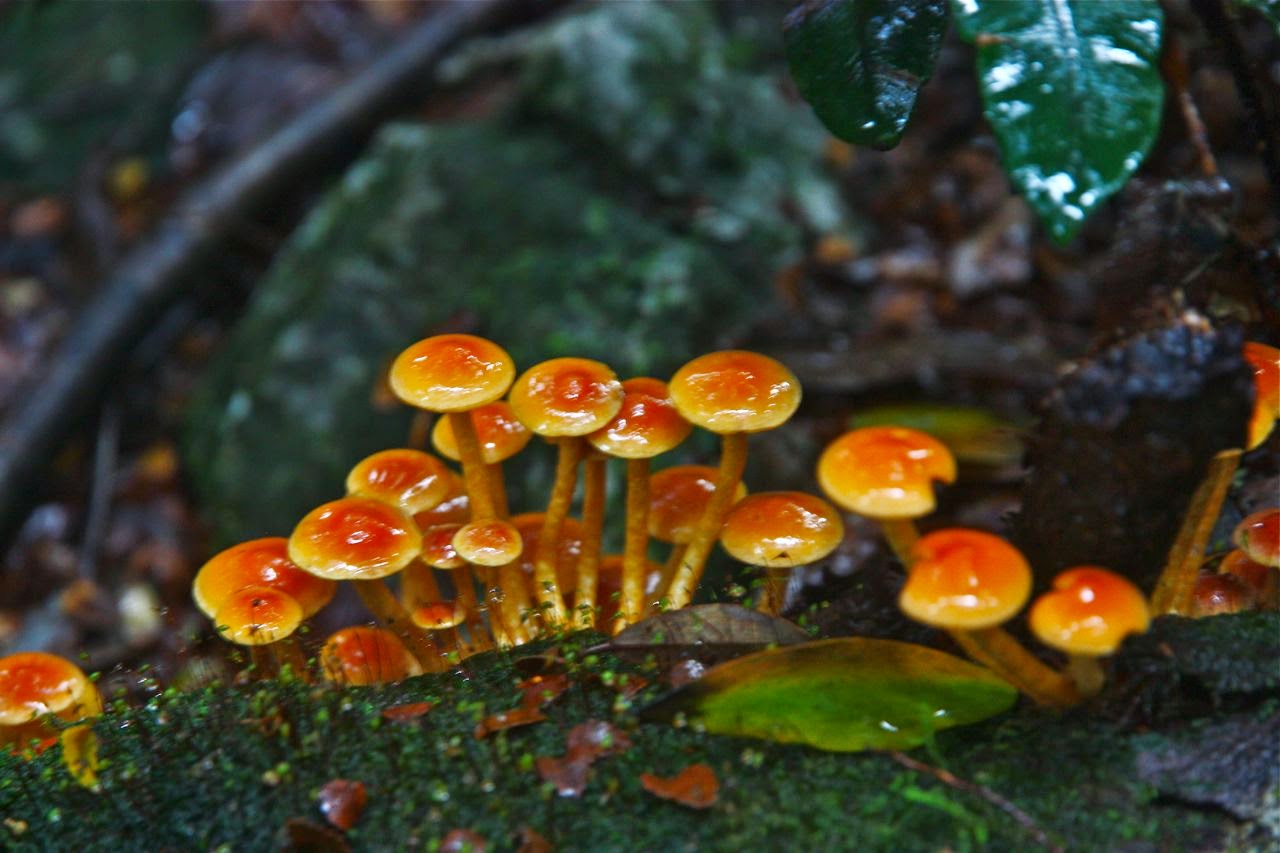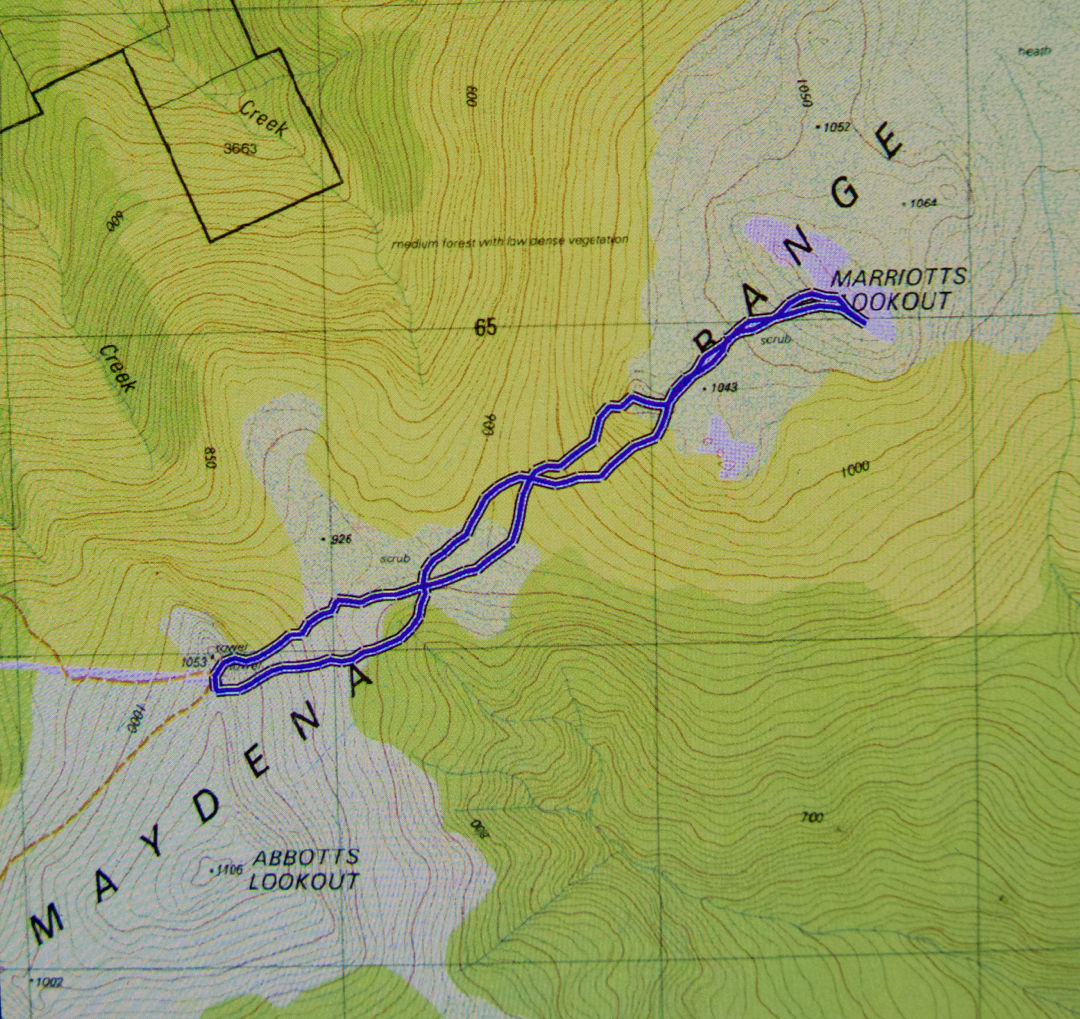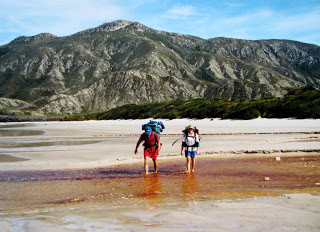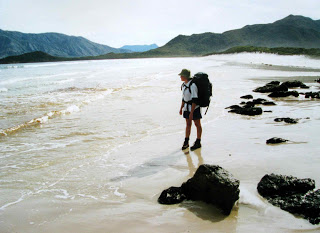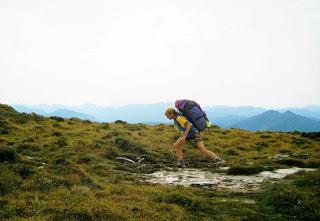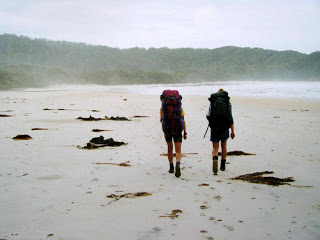Ever stuffed up arrangements for the start of a walk? What did you do?
Here’s what I did on this occasion.
As I explained in my previous blog*, I had been up most of the night worrying, getting only three hours’ sleep, before driving 2.5 hours north to pack my bag. There was then a 3.5 hours’ drive to reach my meeting place with the other bushwalkers of the group in the far SW of the state. Trouble is, with so much fatigue, so little sleep and so very much stress, despite setting out before the others, I didn’t quite make our rendez-vous, and when I tried to find them early next morning, they were neither where they said they’d sleep, nor where they would park at the start of the walk. I searched and drove to and fro for half a day. Had I found their car, I would have given chase, but there was no sign of it. Had they had an accident or been unexpectedly delayed? I drove back to the Needles saddle, where there is range, but there was no sign of a missed call or message. By an early lunchtime, I decided I now had what was left of three days to do my own thing. Oh the choices!!!! Such a wealth of them once one is down in the south west!
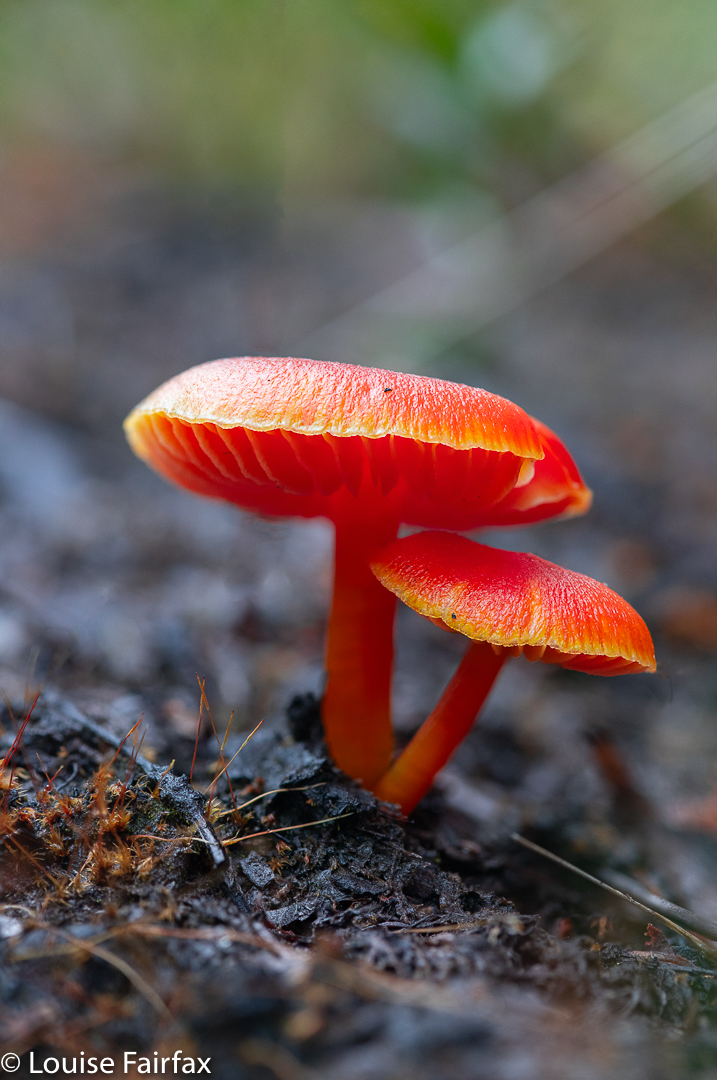
I had been going to climb to Pandani Shelf for photographic purposes (not using the out-of-bounds route), but the reality and the forecast proclaimed that clouds would dominate up there, so I decided for some lower joys that would nonetheless involve climbing.
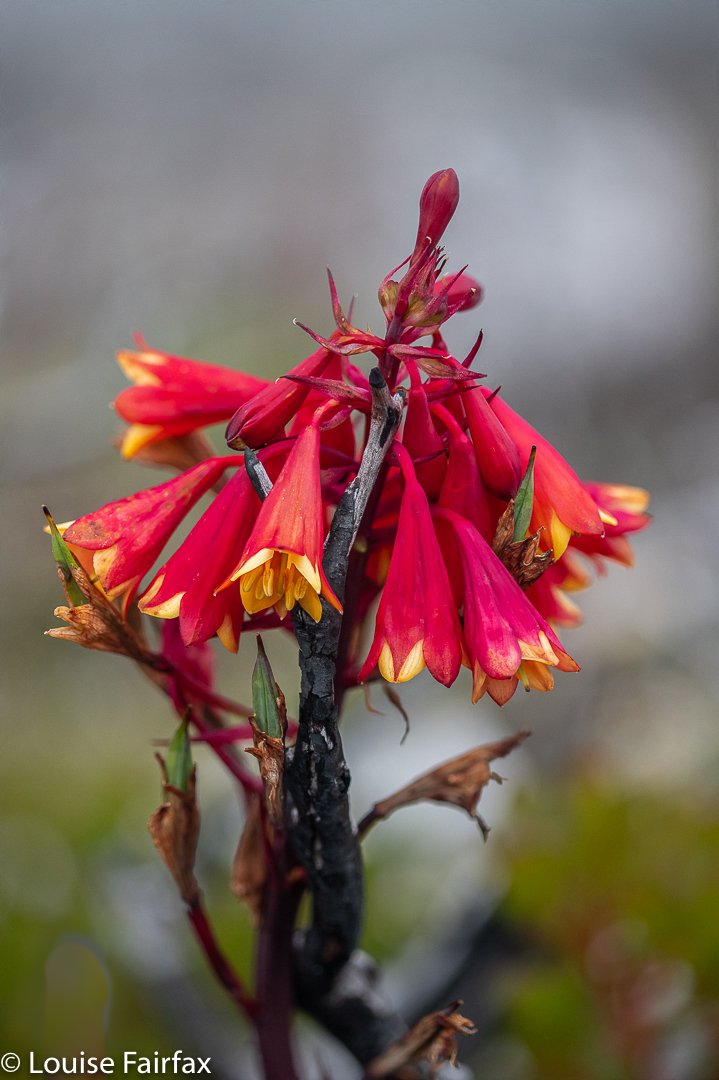
I ate an early lunch, and settled on my first goal: The Needles, which I have climbed many times before, but never with small children in mind. Now was the time to climb specifically watching for aspects that might daunt pint-size people (like metre-high steps or huge mud baths). If all was well, then we could come here as a family in April. I have also never devoted time on the Needles to examining the flora of the region, and was interested to see if plants were recovering after the fires of two years ago.
My other question was, how long would it take: was it a good length for a diminutive five year old?
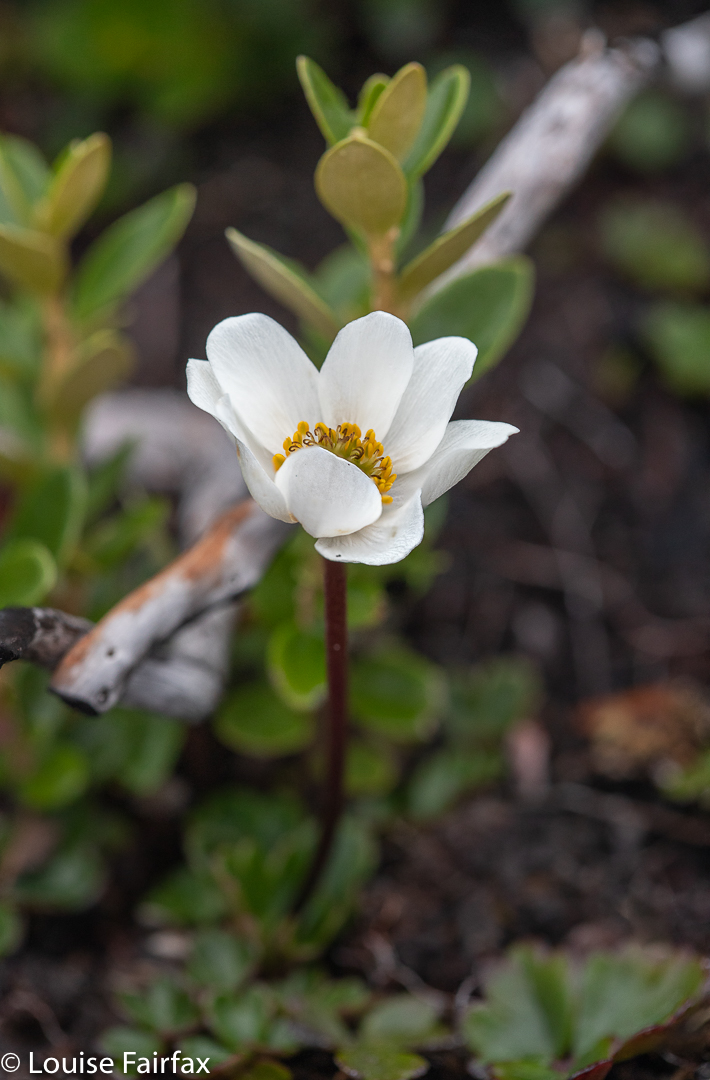
The pictures tell you that I found very beautiful flowers, and meanwhile, I decided that we can definitely bring the children, although Abby will need lifting (“flying”, she calls it) over some of the two-metre-long stretches of gooey mud, … and perhaps a hand up some of the steeper parts where sliding backwards is possible (very few of these).
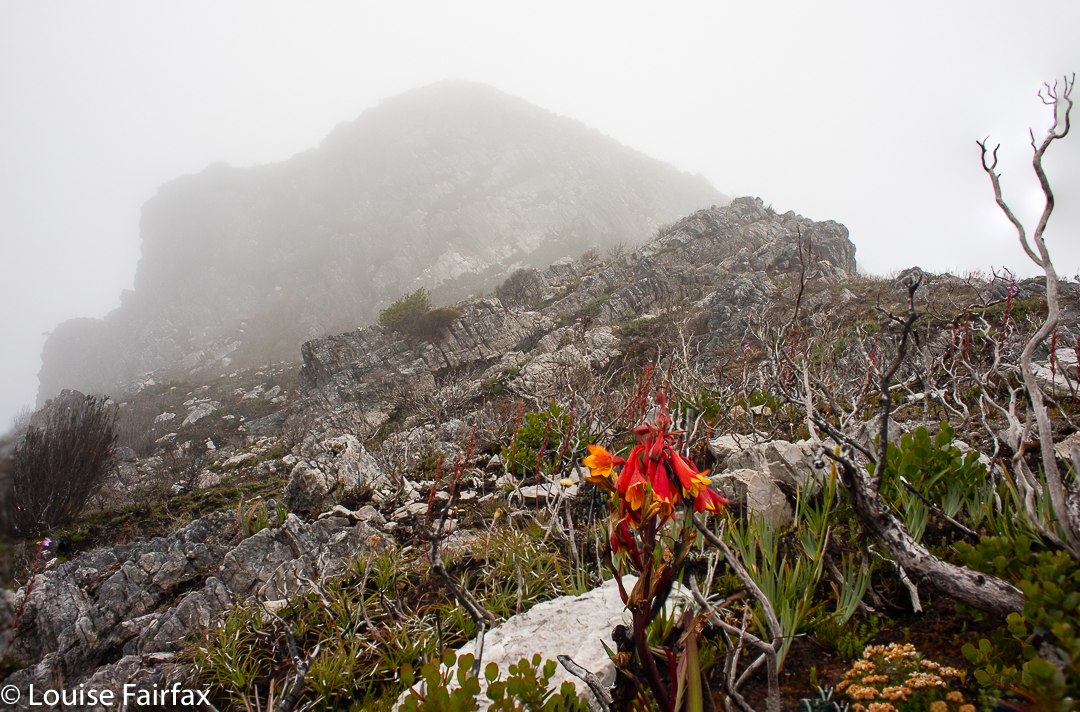
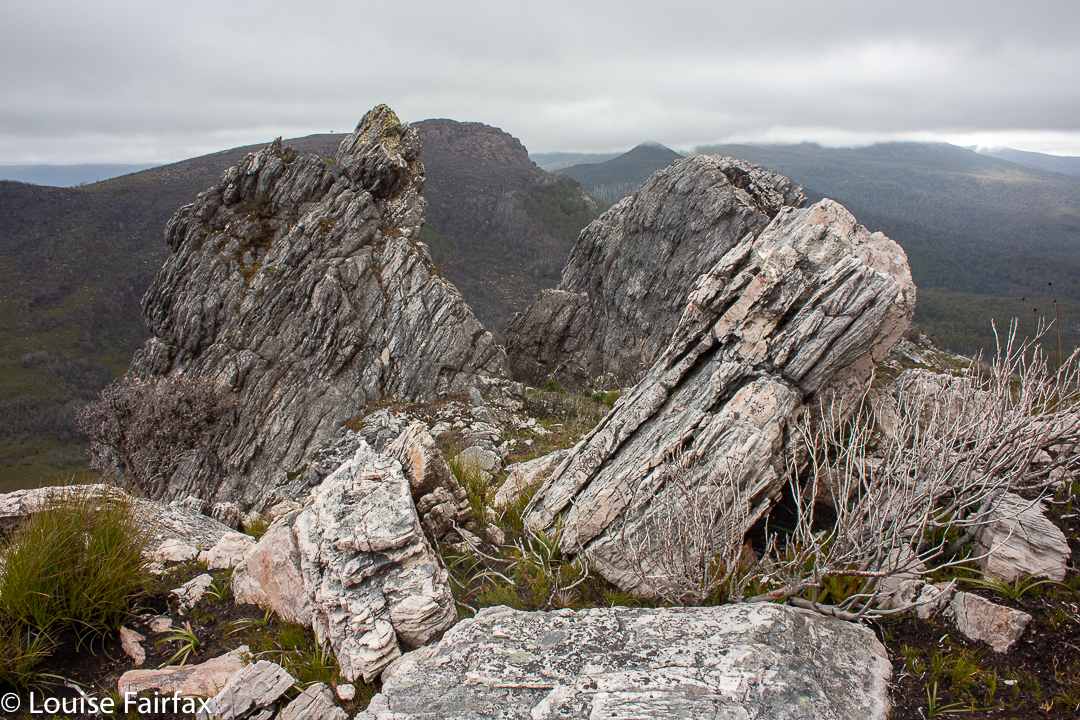
The amount of burnt devastation is very sad, and yet the new growth brings hope, and many of the shrubs are recovering nicely. I even found a Geum talbotianum, which the web tells me is on the threatened species list.
Back in the carpark, I met two other very friendly plant enthusiasts, who recommended Tims Track to me, so that seemed like an excellent suggestion. My focus would switch to fungi.
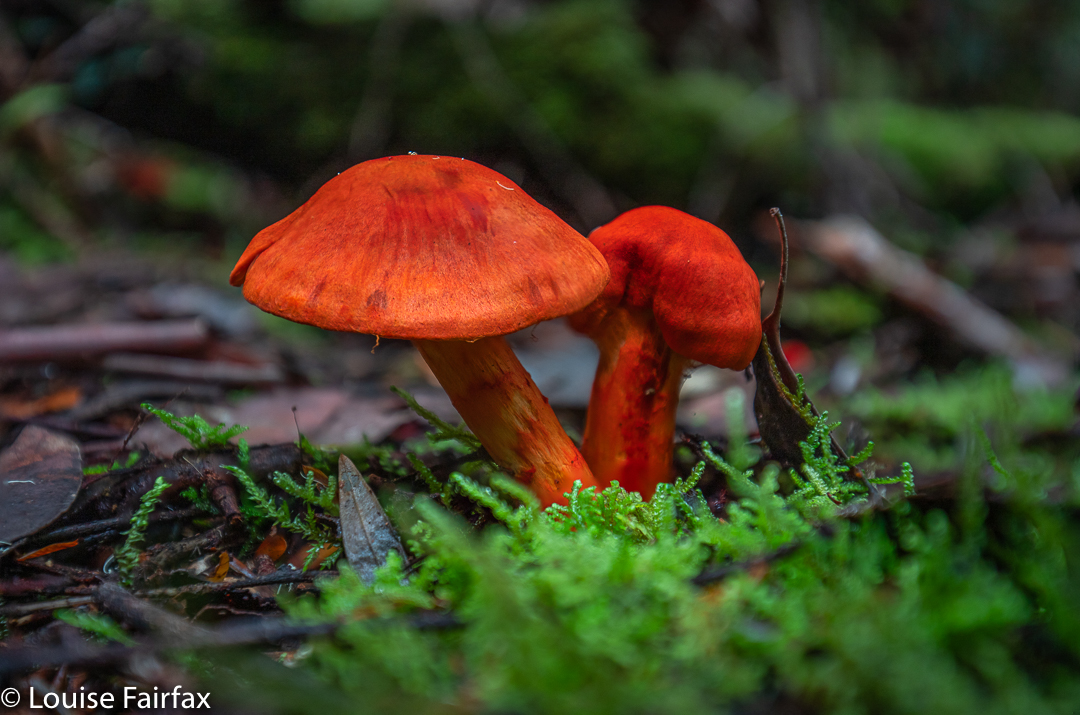
The above fungi were the first to greet me. How could you miss that? They were huge and bold and cheery. I had met more lovely people in the carpark here, so was feeling generally cheerful. I might be alone on this trip, but I was certainly not lonely, and was enjoying meeting other like-minded souls.
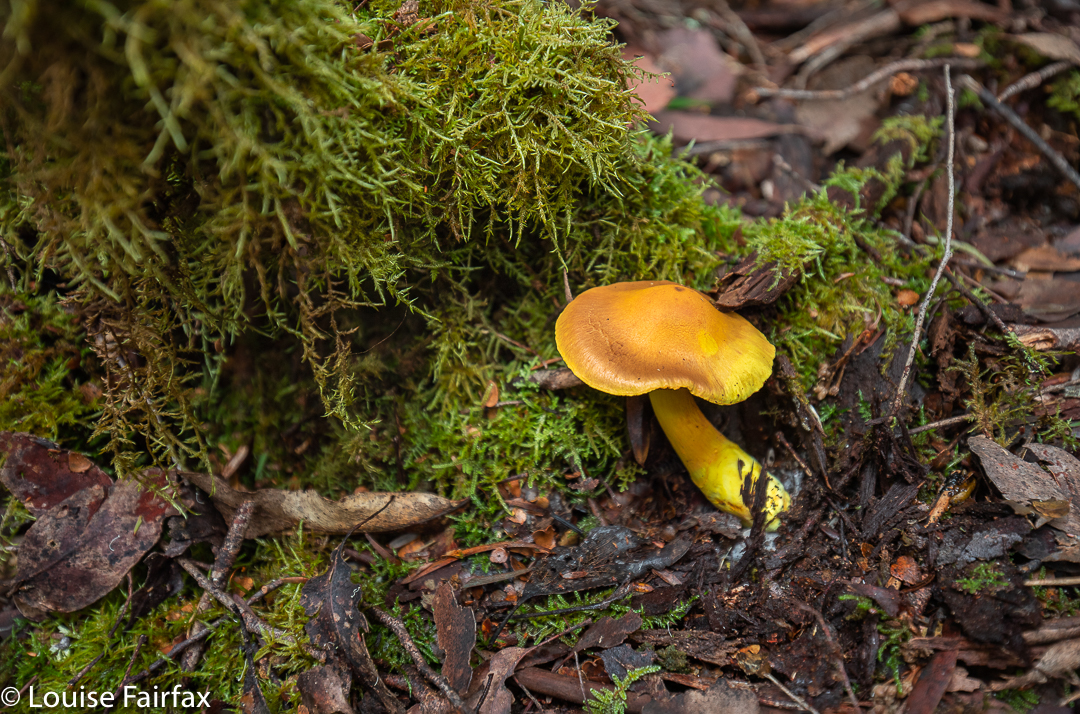
The above fungus was part of a little cluster of canary yellow fungi, also pretty big and bold, yelling “Hello” to me as I involved myself with their world.

The Hygrocybe lewelliniae I happened upon was far more subtle. I don’t always require a siren to stop me in my tracks. This fungus has now changed its name, but I am sick of unlearning and learning anew, only to have the new one change – and of buying expensive books to have them out of date by the time I’ve brought them home. I express my discontent by using the names I have originally learned (mostly), and by not buying a $50 update which I know is already behind the times. Also, philosophically (and possibly more to the point), I am a joiner rather than a divider. Constantly splitting genera into smaller groups doesn’t suit my personality. Where we place dividing lines is a decision made by humans about nature; nature doesn’t necessitate that particular decision.
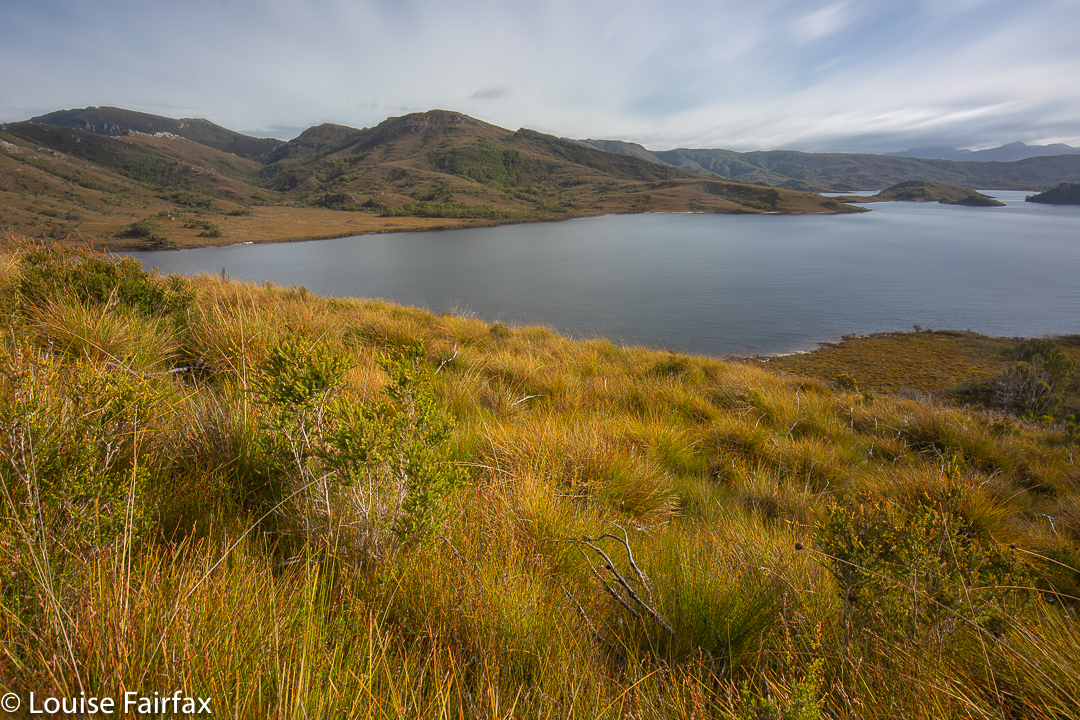
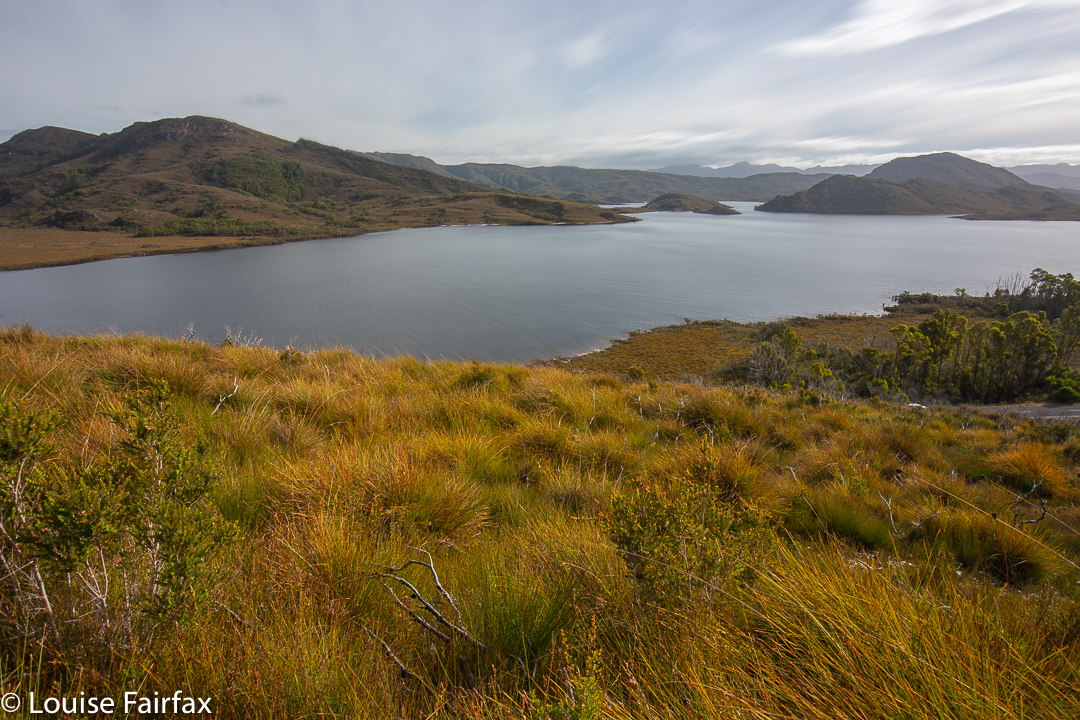
So, before I aggravate any more splitters, let us move on to my next goal, Mt Cullen, which had been on my bucket list for many years. It is the combination of the long drive and the problem of always needing to find a dog-sitter that has kept me away. Here was my golden opportunity. Having not planned to be here, I had no information, so just chose a starting point that looked appealing and climbed up.
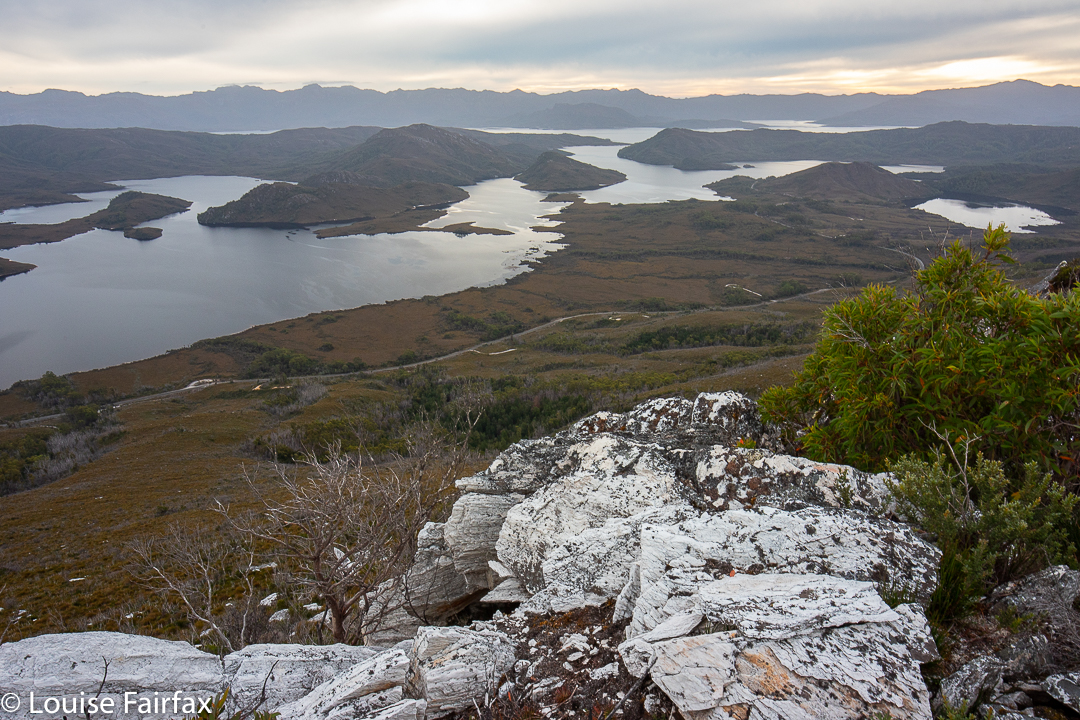
I reached the first “summit” in 52 minutes; however, it was not the real summit. Now I was up high, I could see that the ridge led to a higher point, just across the way. However, the route was decorated with jagged rocks with a precipitous drop, and scrub in between. I battled the scrub rather than losing height (bad move), and eventually reached the summit with a bit of acrobatic work that I was not actually comfortable with, so chose an easier route for my exit / descent. It was not necessary to be so “daring”. Anyway, the twenty minutes that summit to summit took helped me kill some time: I had hoped I could spin the climb out for long enough to get sunset from a slightly raised perch, yet still get down with enough light to avoid an accident.
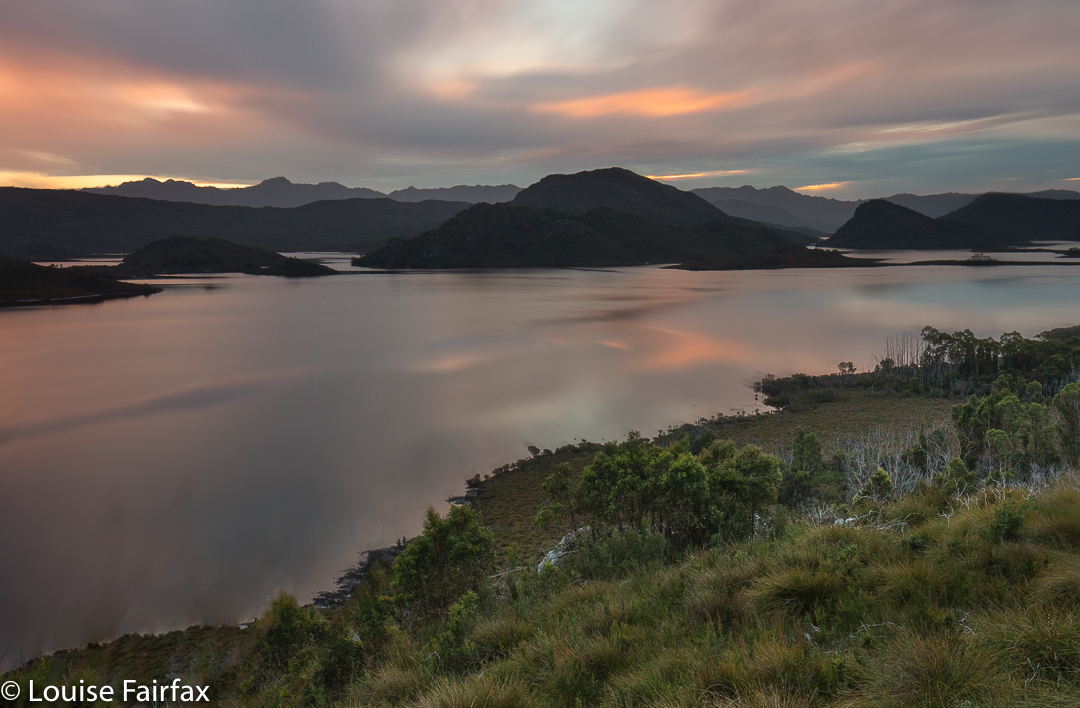
Once I was sure I could easily get down without trouble, I just sat and appreciated being there, waiting for colour. It was not a grand fanfare, but I enjoyed it nonetheless.
Back at the car, I had to decide which of all the thousands of possible spots to choose from, would be my piece of territory for the night. I chose a beach, parked the car, prepared it for sleeping and enjoyed the rest of the fading light while perched on a rock eating my dinner.
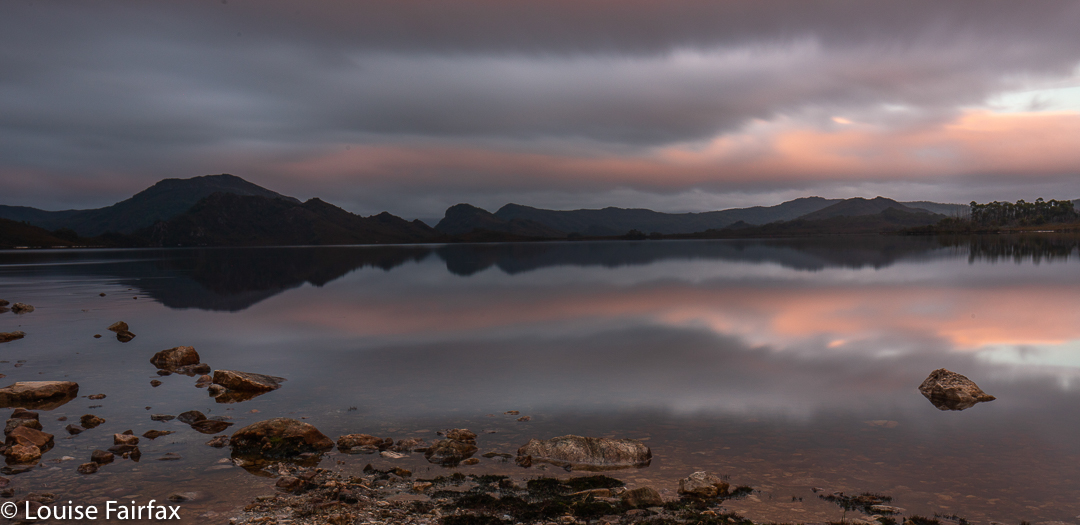
The menu for day two was pretty similar to that of day one: A mountain or two, some recce work, fungi, wildflowers and beautiful forest.
The recce work was on Mt Wedge, sussing it out for the possibility of sleeping on high – but tonight was not going to offer any views, so I’d bide my time. The new mountain was Twelvetrees Range, which I really loved. Its open ridge had a “Sound of Music” feel to it. I could easily have been on Skye, in the Lakes or in Iceland up there with no bush to bash through and big views of water and other mountains. It was great choose-your-own-route stuff, and I wandered happily all over the ridge top. Doing it like that meant the descent to the road at the end was VERY steep. (Under an hour up; more than, down, as I chose a longer, harder route).

I rewarded myself with food from the lodge, and then set about exploring the Lodge’s Forest Walk (no great finds there today), the Creepy Crawly Trail (this would be more correctly named The Ducky Weavy Trail) and revisiting Tims Track. The weather was far from photographically exciting, so I wended my way slowly east.
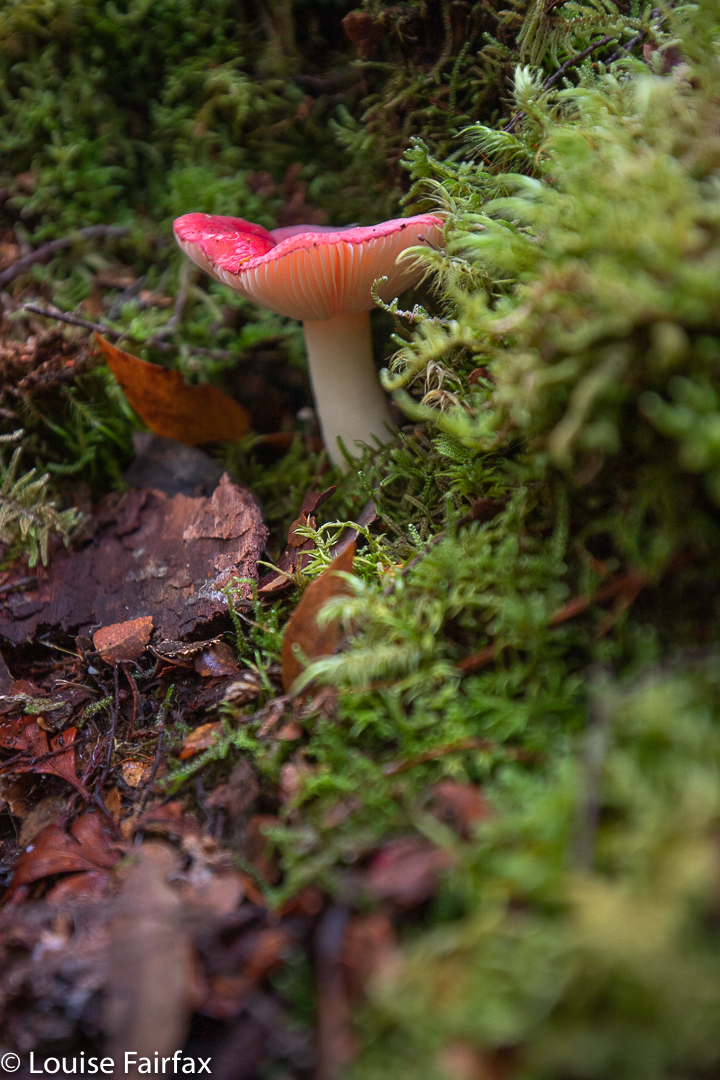
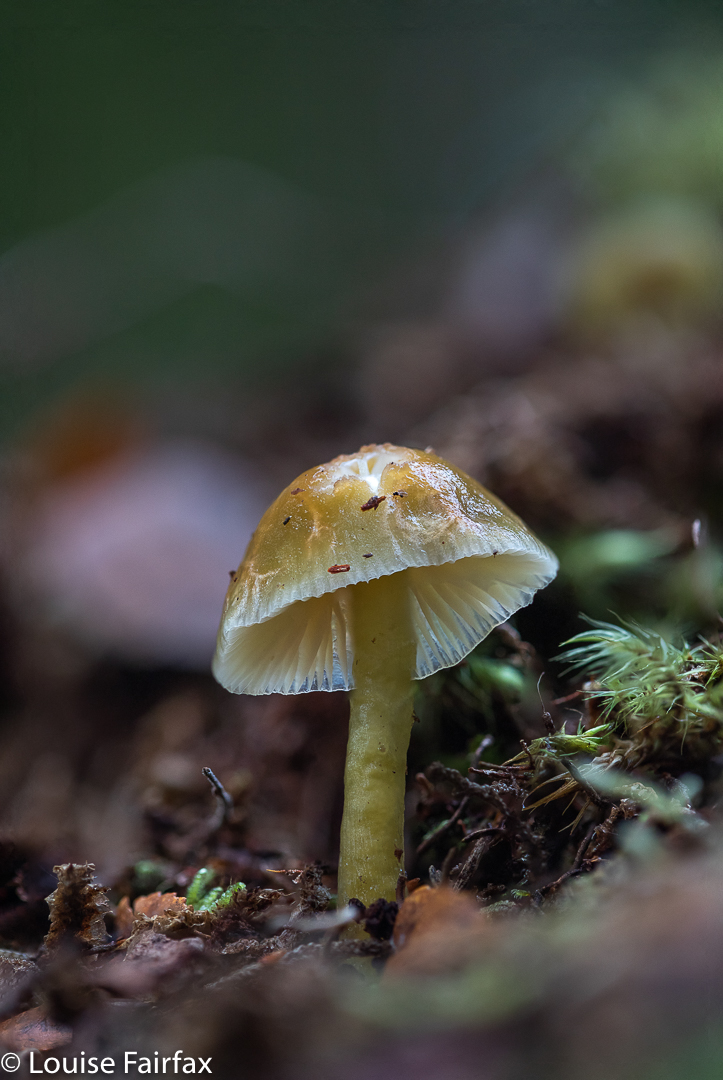
I love that cute, almost transparent Hygrocybe graminicolor . You may well be asking where the green is, but it can often be washed out like this. The form of its friends and neighbours enjoying the same moss close by indicates to me it was just bigger and more fragile then they were, but still part of the happy family.
I was going to sleep near the Needles, but the wind was howling and the dark clouds were swirling around me, and I decided that after all I have been through recently, I didn’t feel like moody but felt more like being beside a stream nearer the Mt Field National Park so headed even further east, arriving at my spot by the river after dark.
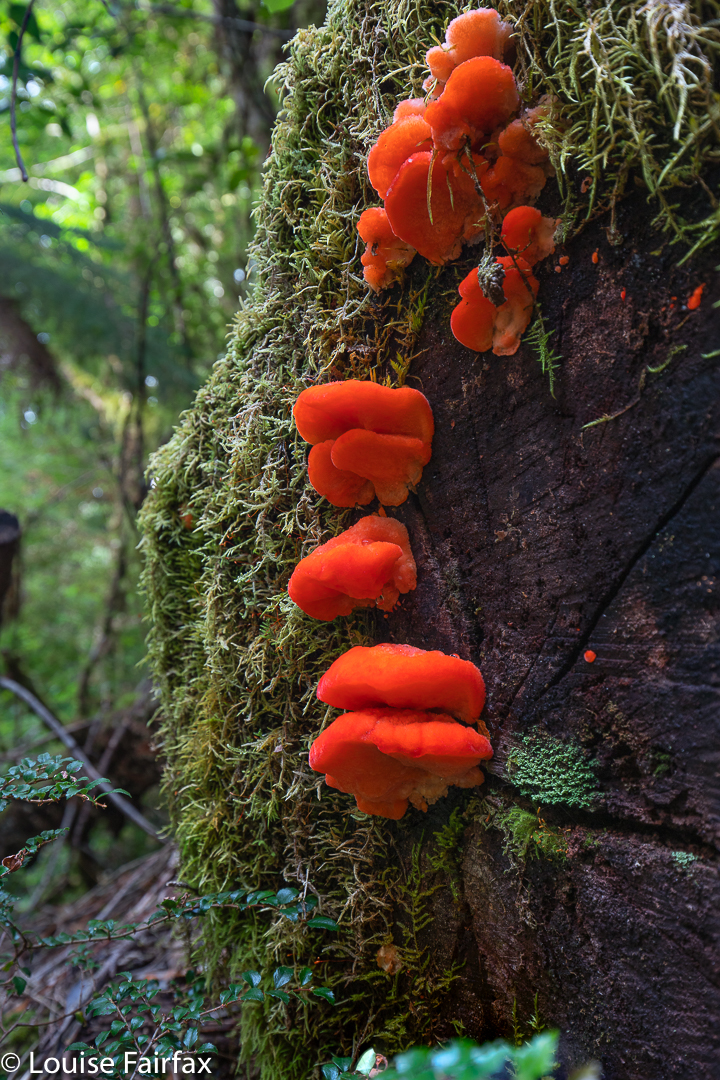
On my final day, my choice seemed to be between climbing Mt Mawson or more fungi hunting. The fungi had been so rewarding I opted for them, so explored the area around the Junee River, with some good finds.
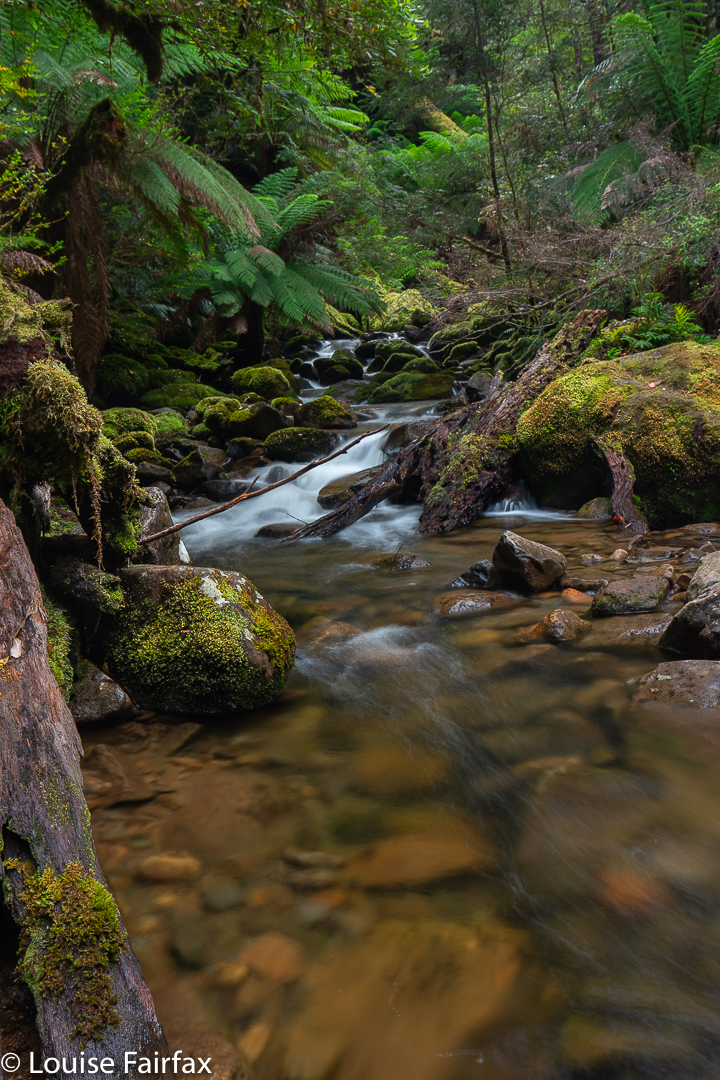
And thus ends my weekend: a lot less strenuous than originally planned, but perhaps that was exactly what my body needed, and I certainly found some lovely jewels, and even met some friendly people in carparks – always a bonus.
Routes for Cullen or Twelvetrees Ra available on request.
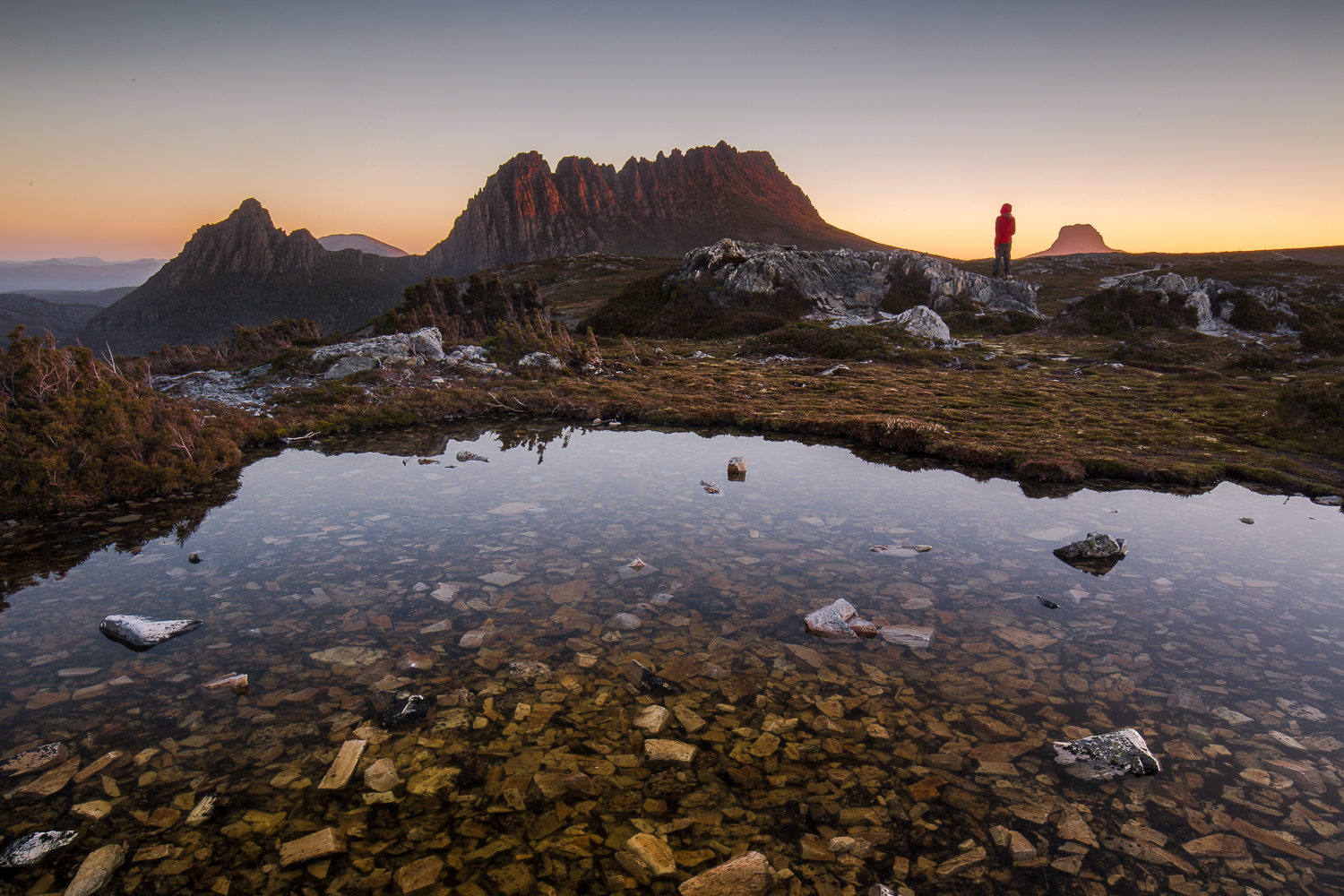

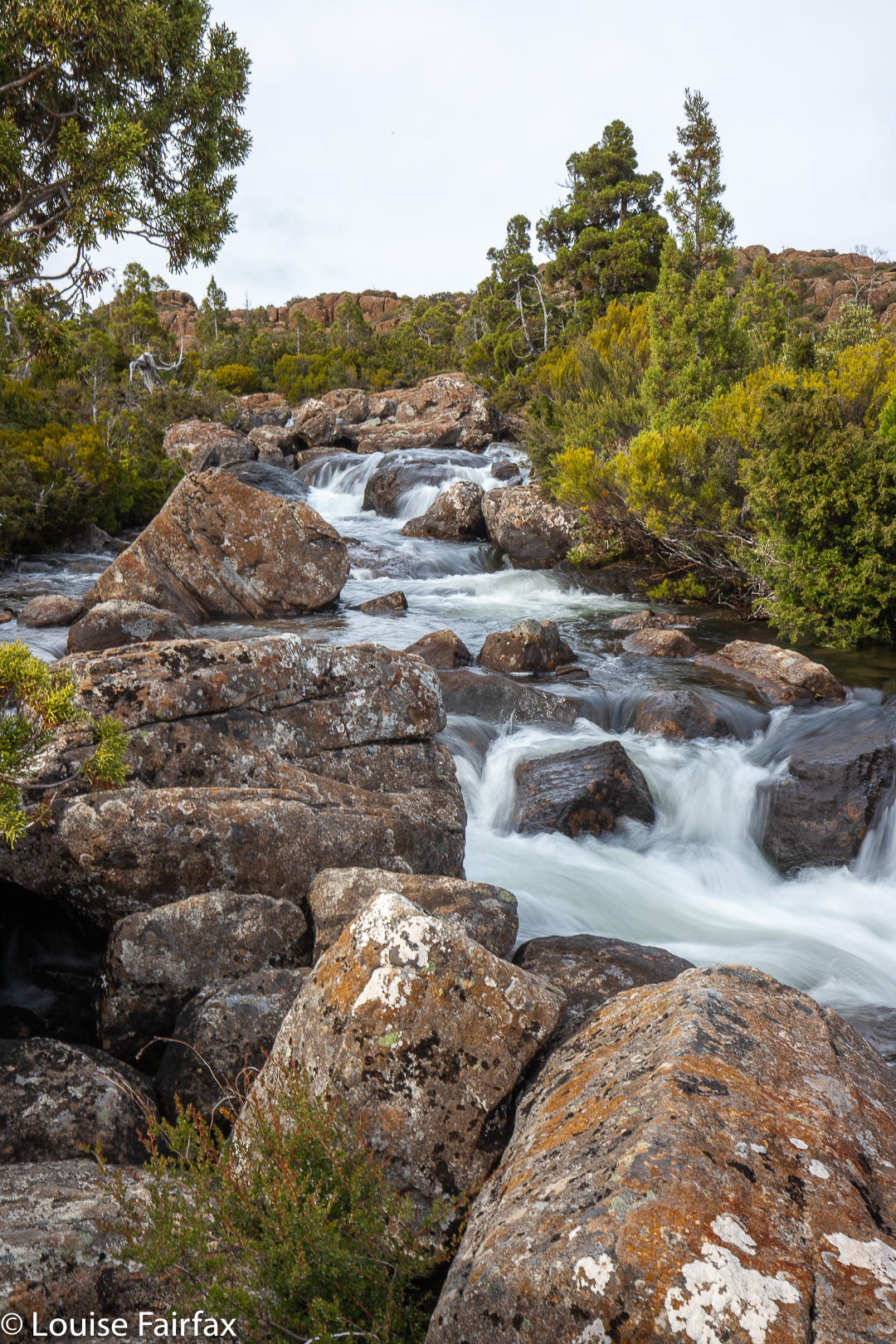
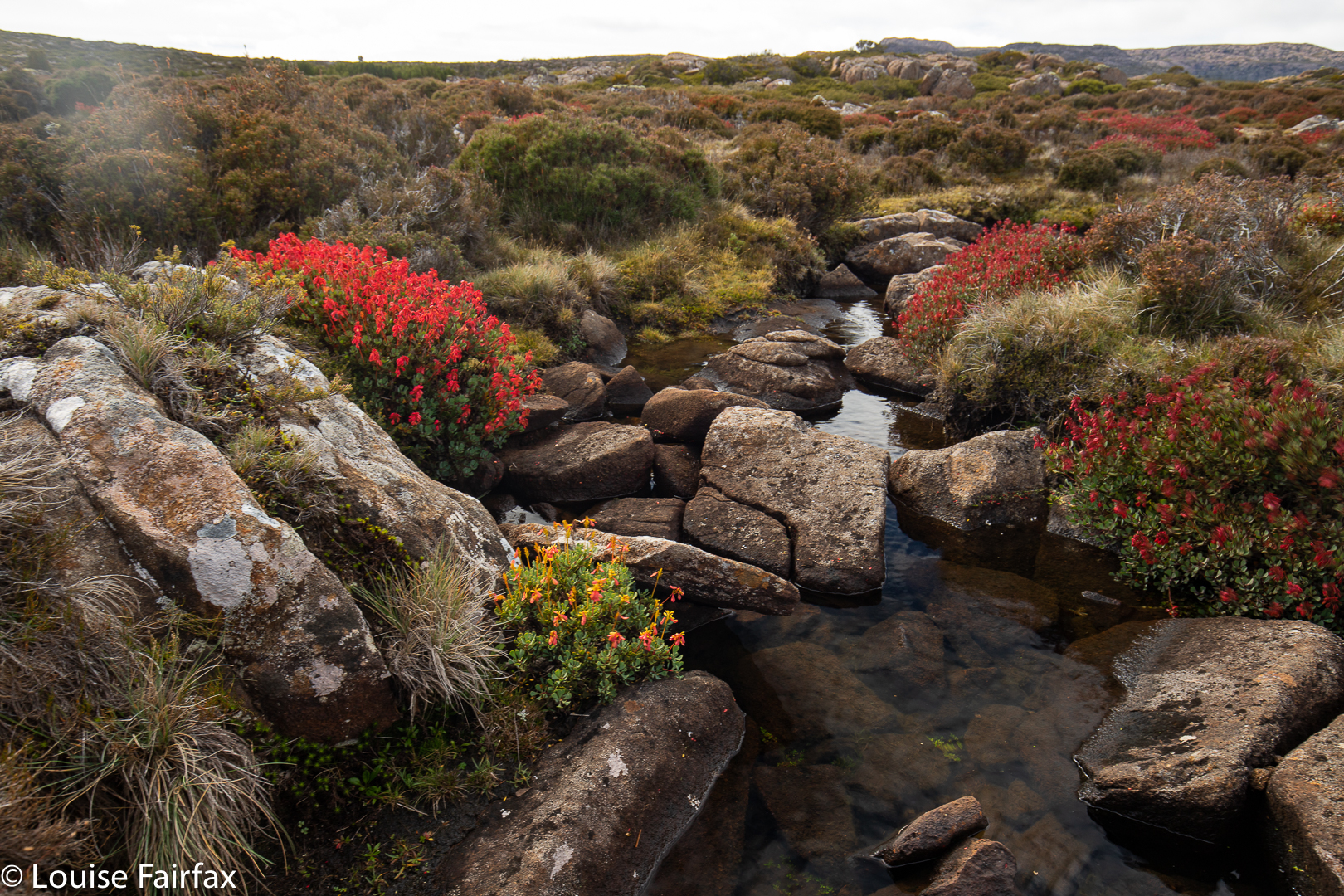
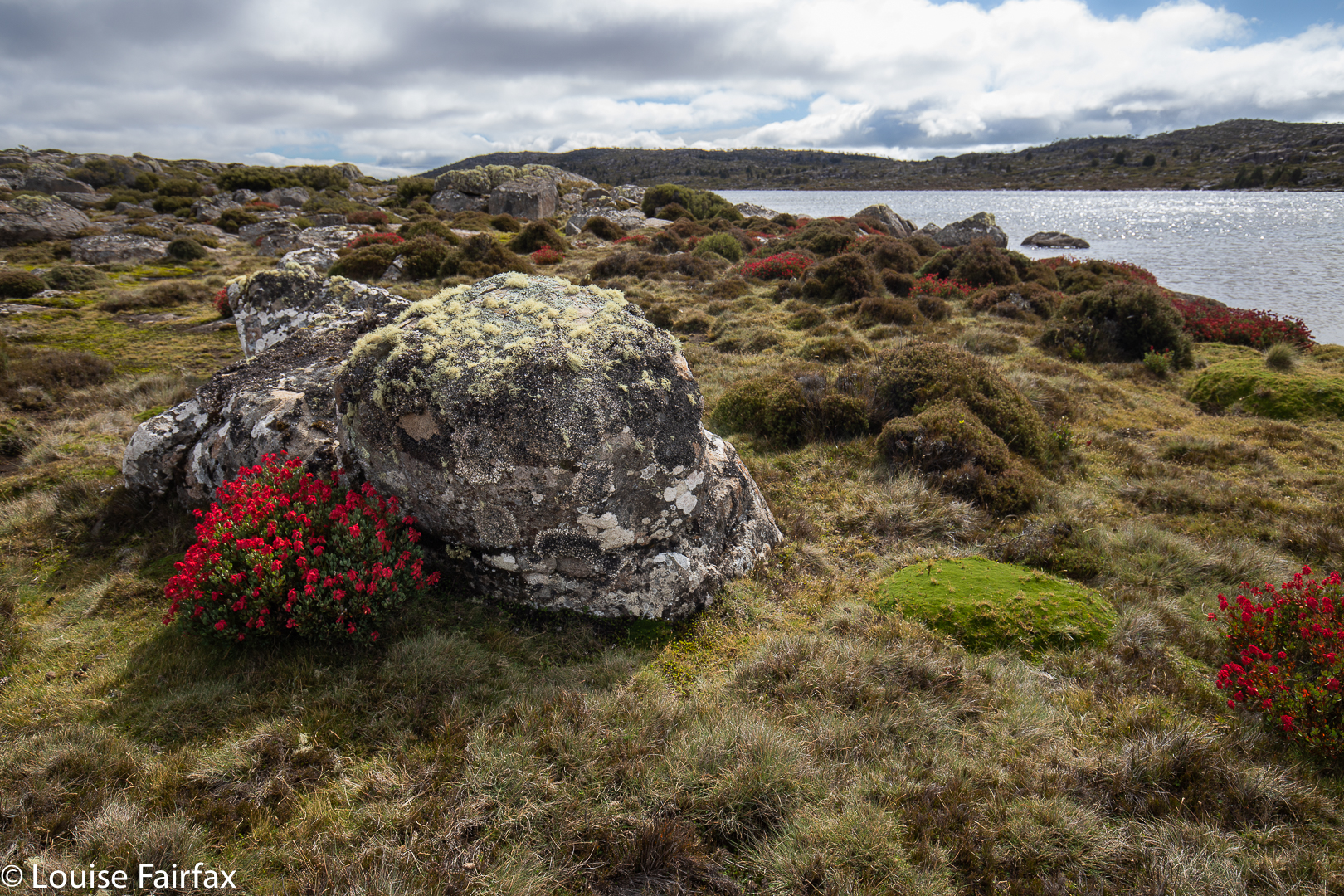
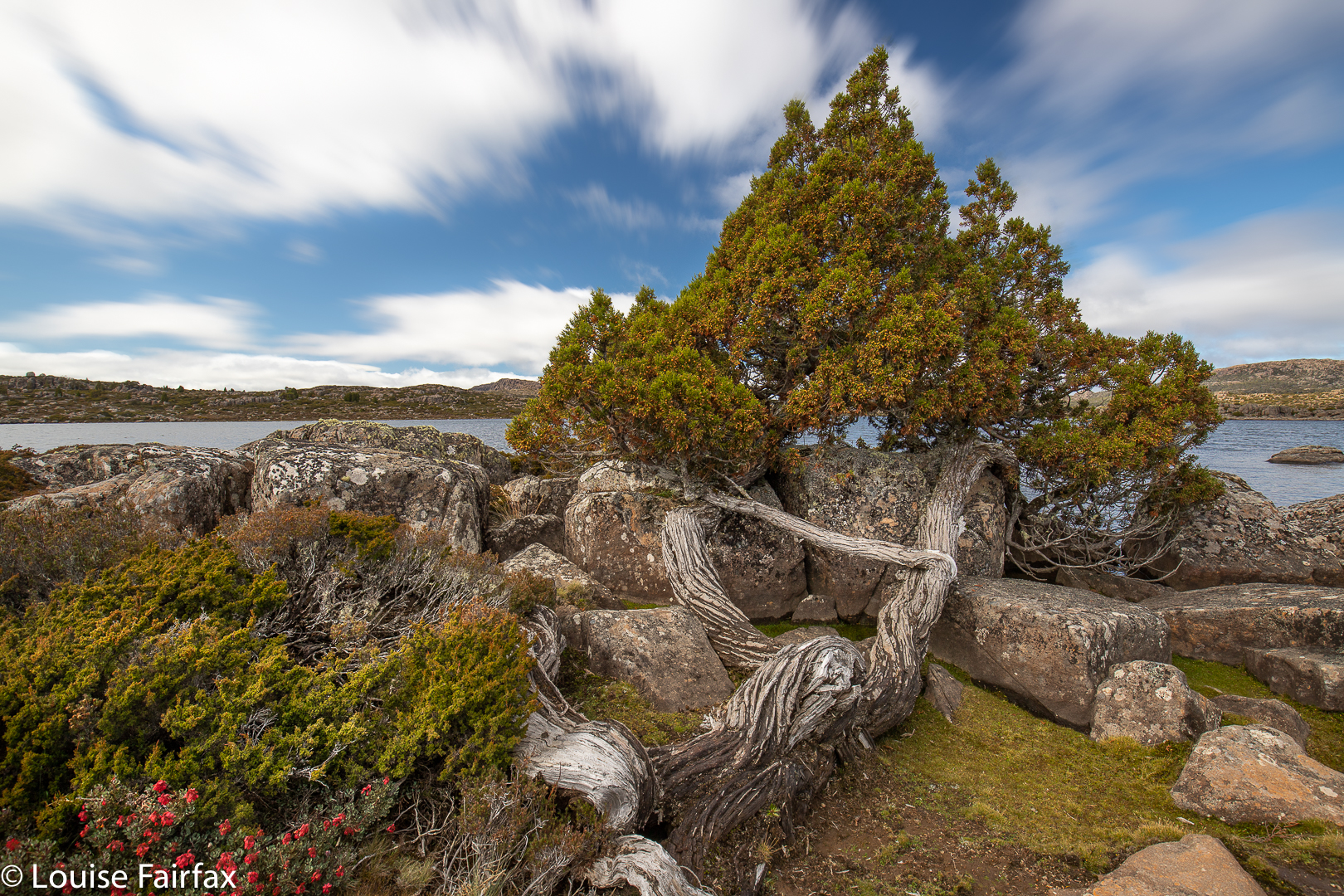
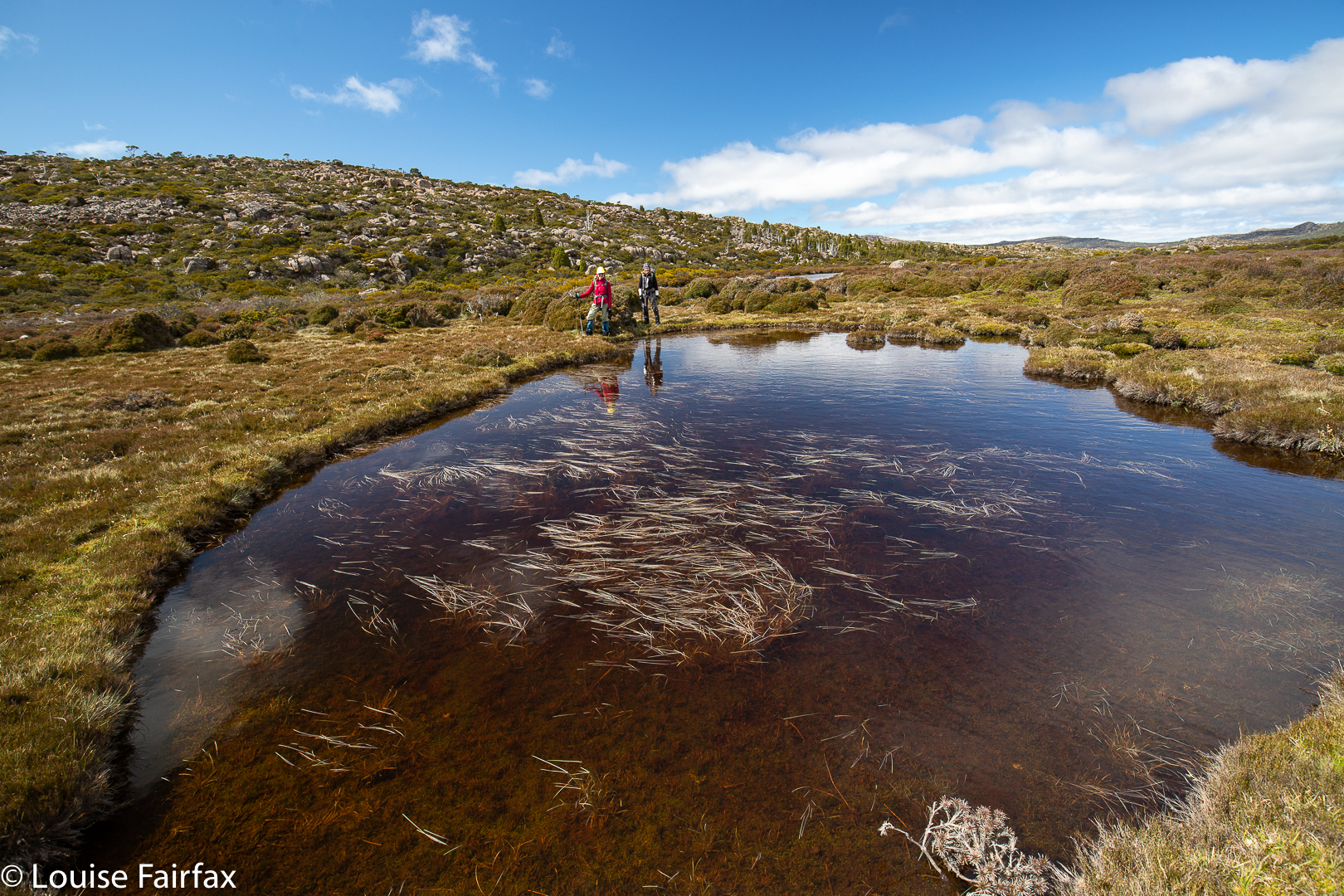
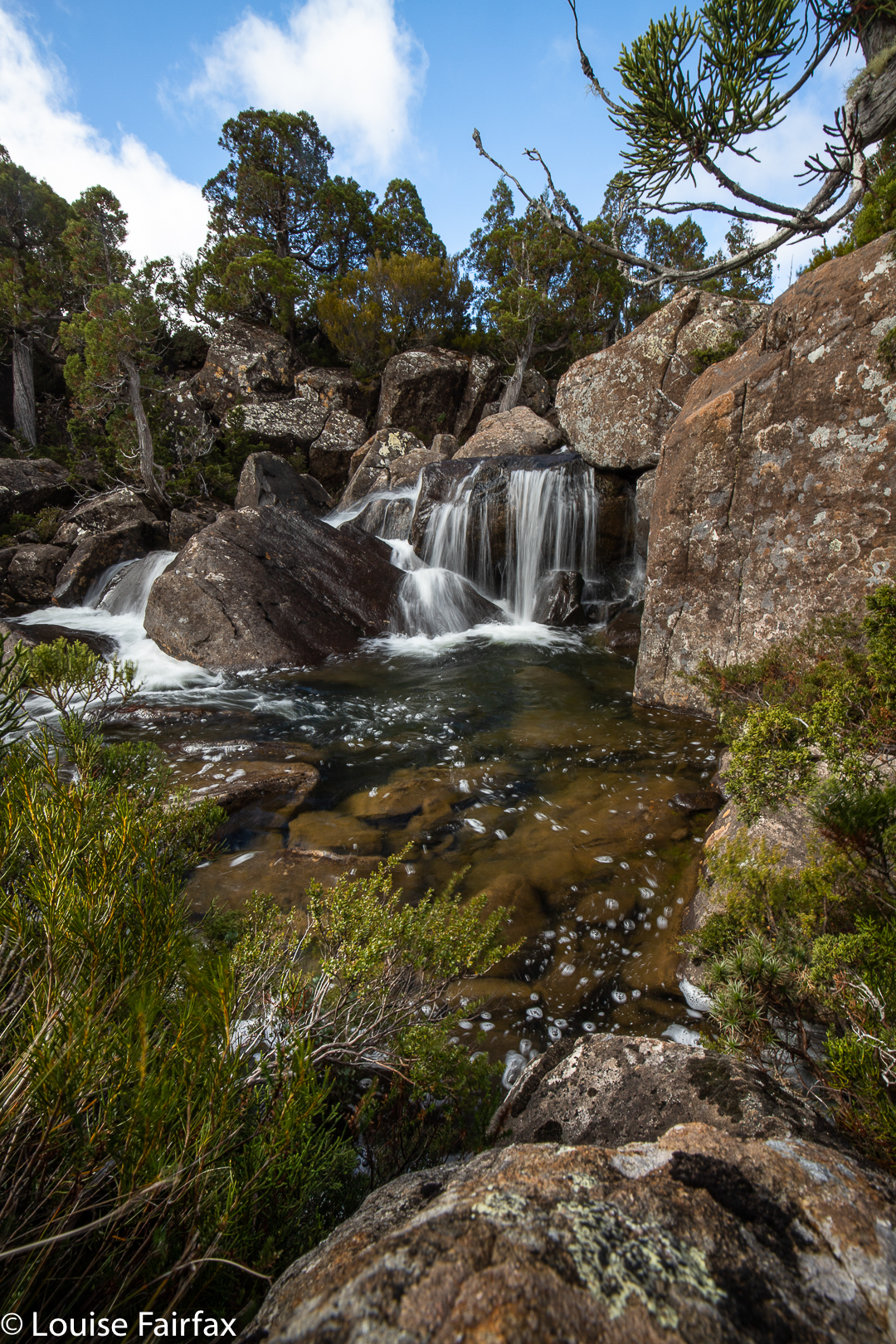
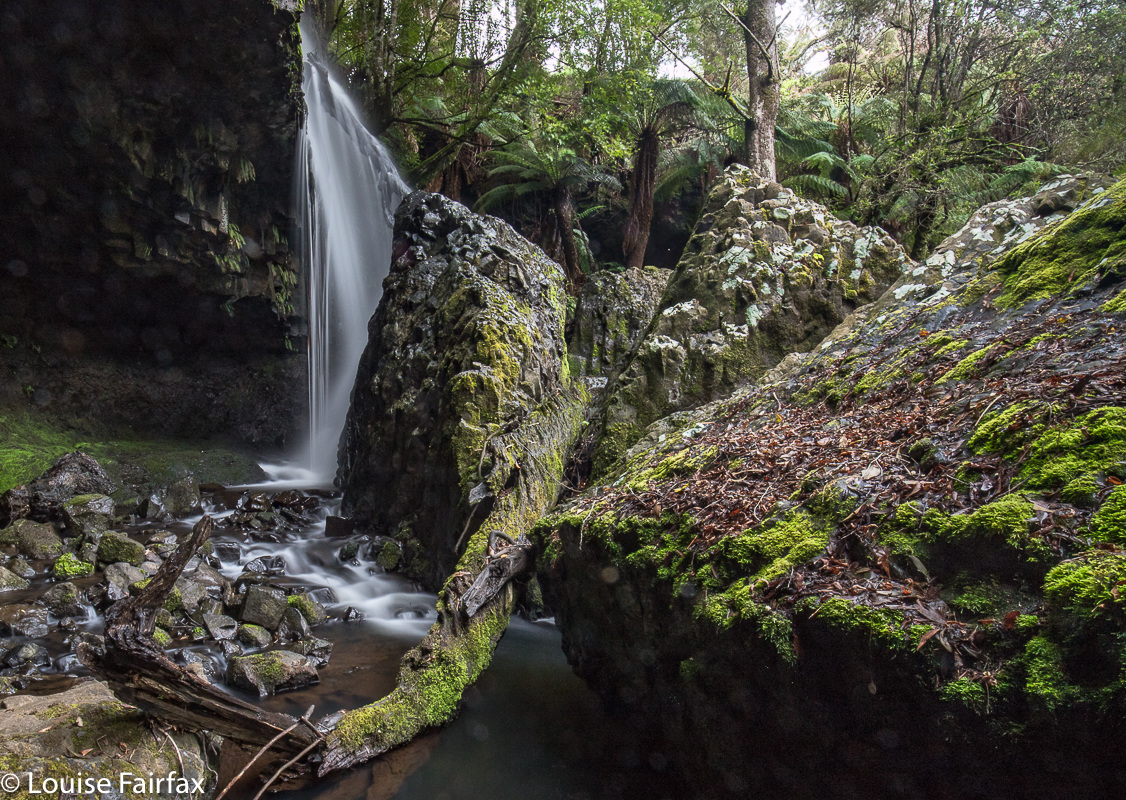
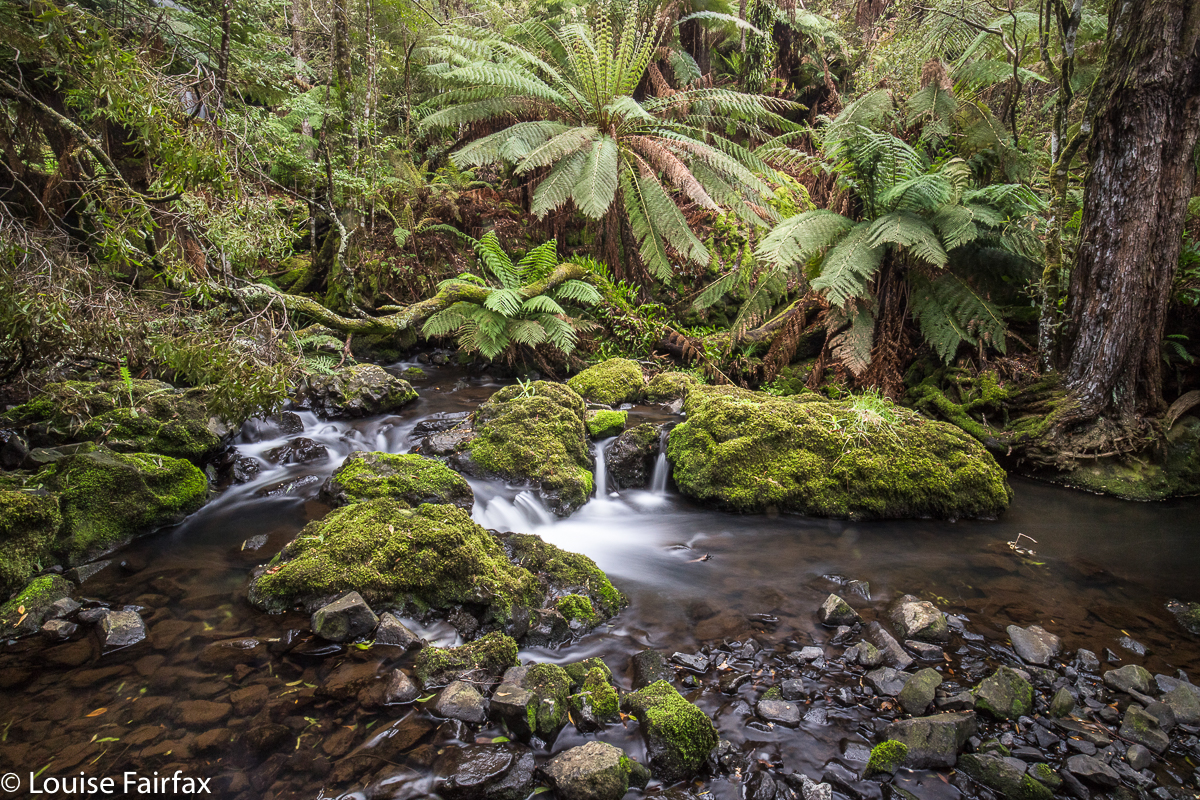 Some of the waterfalls were private, and you need to ask permission from the right people. We actually tried more than is written here, but were refused permission from that “angle”, so retreated – possibly gracefully. As said, this is what I did see. Some of what I did see was really barely worth seeing, and I didn’t even bother taking a photo (Kindred; Preston). One, South Riana Dam Falls, I was running late for my 1 pm meeting with Carrie, so resolved to return – they were lovely. I will also return to Preston when there’s more flow and when the day is suitably cloudy. Conditions weren’t right for a photo this day.
Some of the waterfalls were private, and you need to ask permission from the right people. We actually tried more than is written here, but were refused permission from that “angle”, so retreated – possibly gracefully. As said, this is what I did see. Some of what I did see was really barely worth seeing, and I didn’t even bother taking a photo (Kindred; Preston). One, South Riana Dam Falls, I was running late for my 1 pm meeting with Carrie, so resolved to return – they were lovely. I will also return to Preston when there’s more flow and when the day is suitably cloudy. Conditions weren’t right for a photo this day.